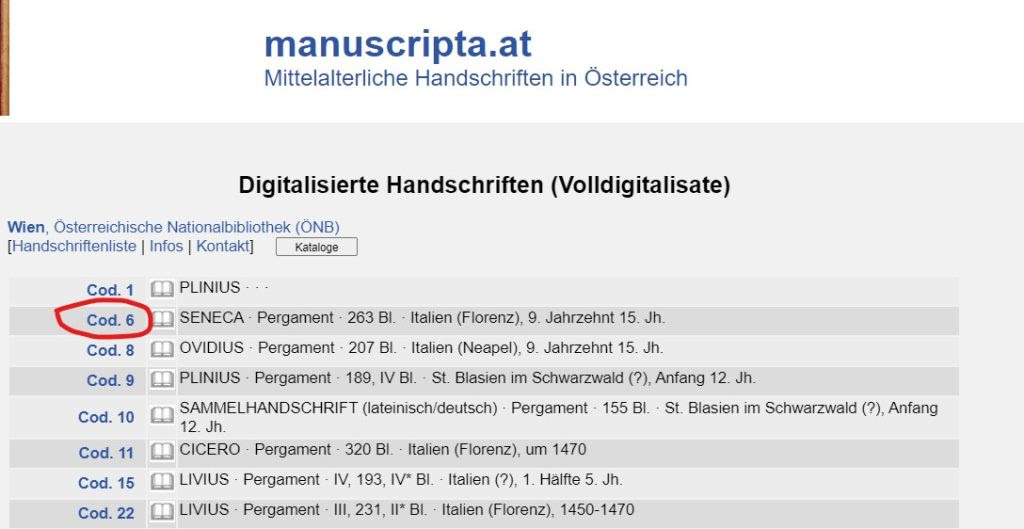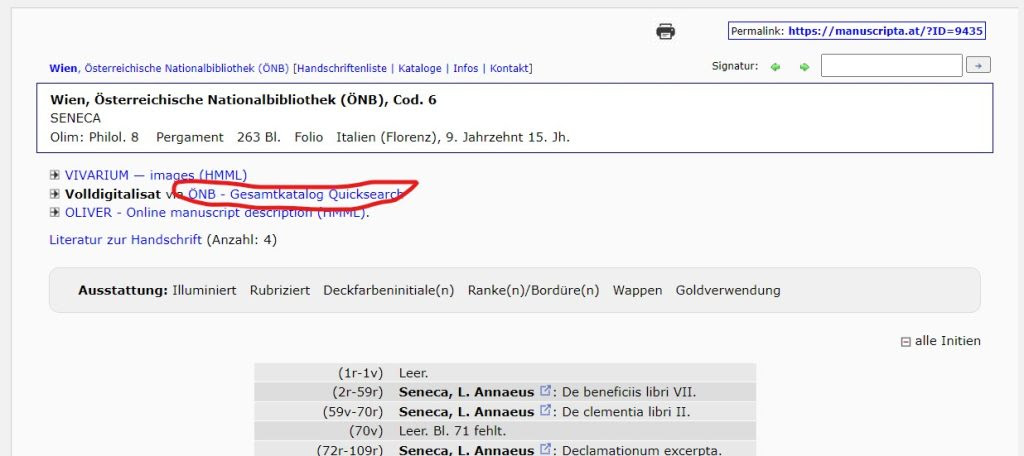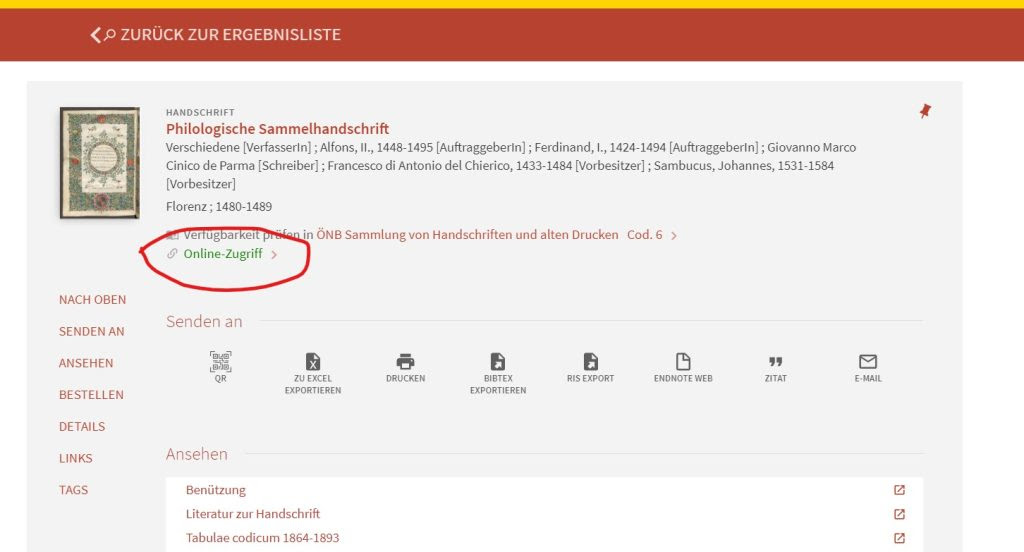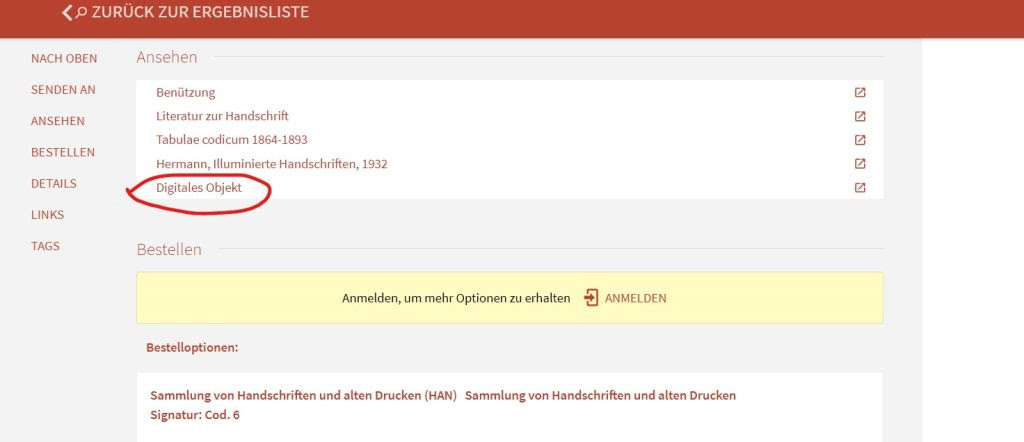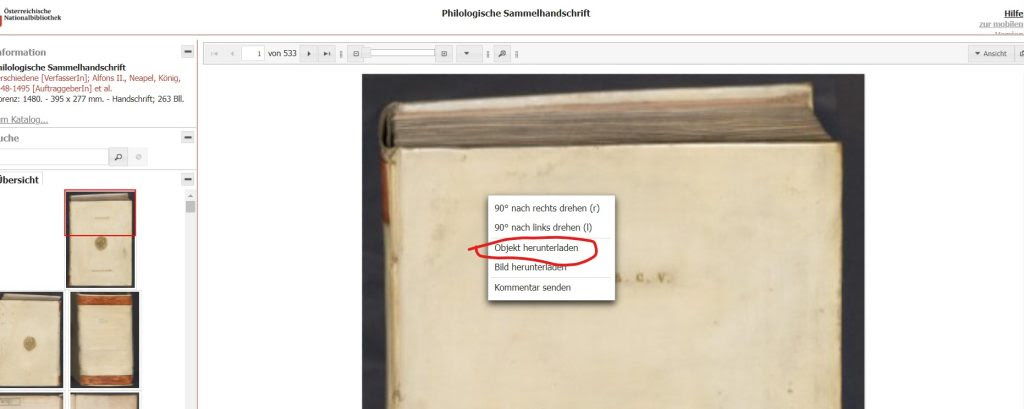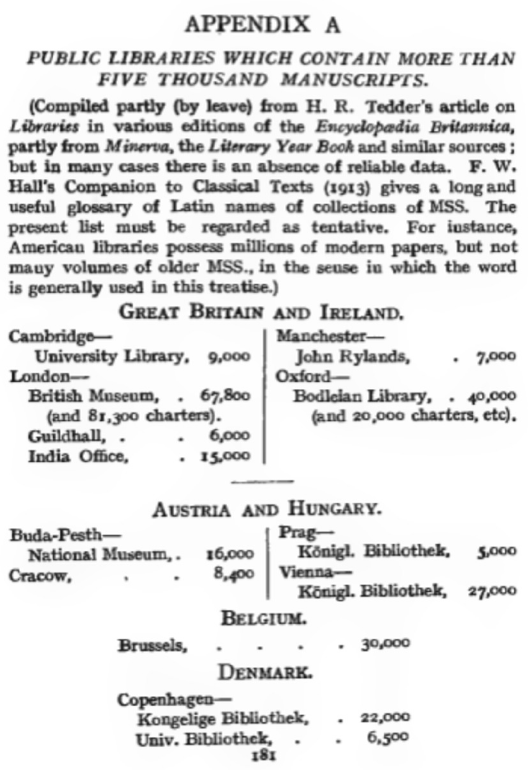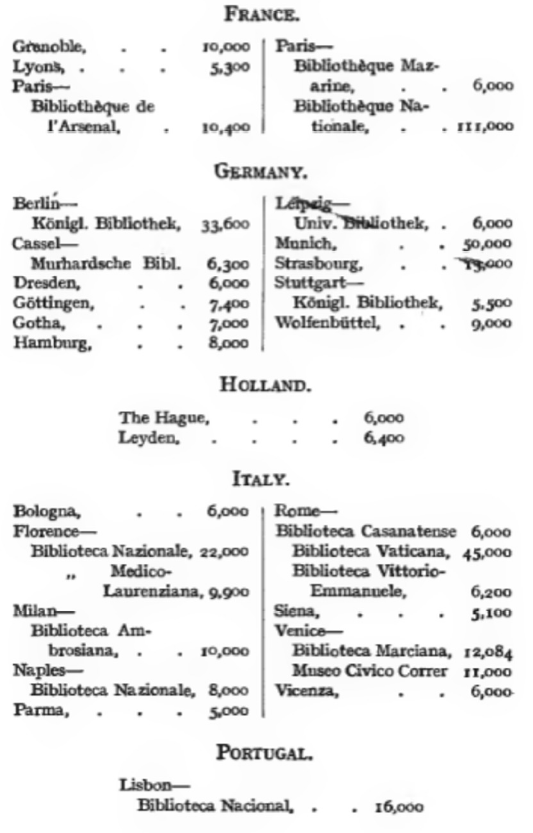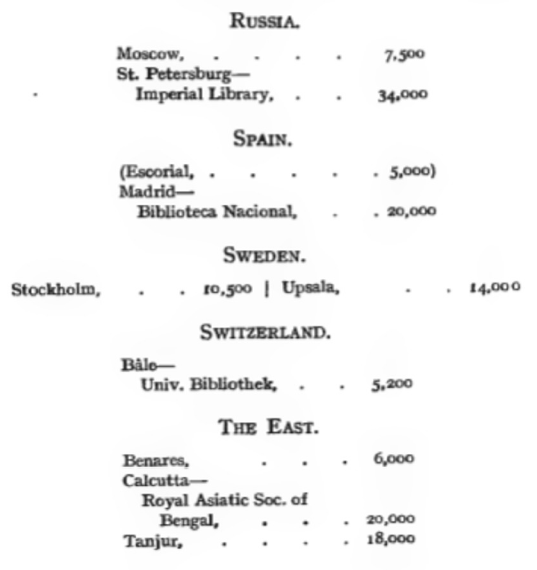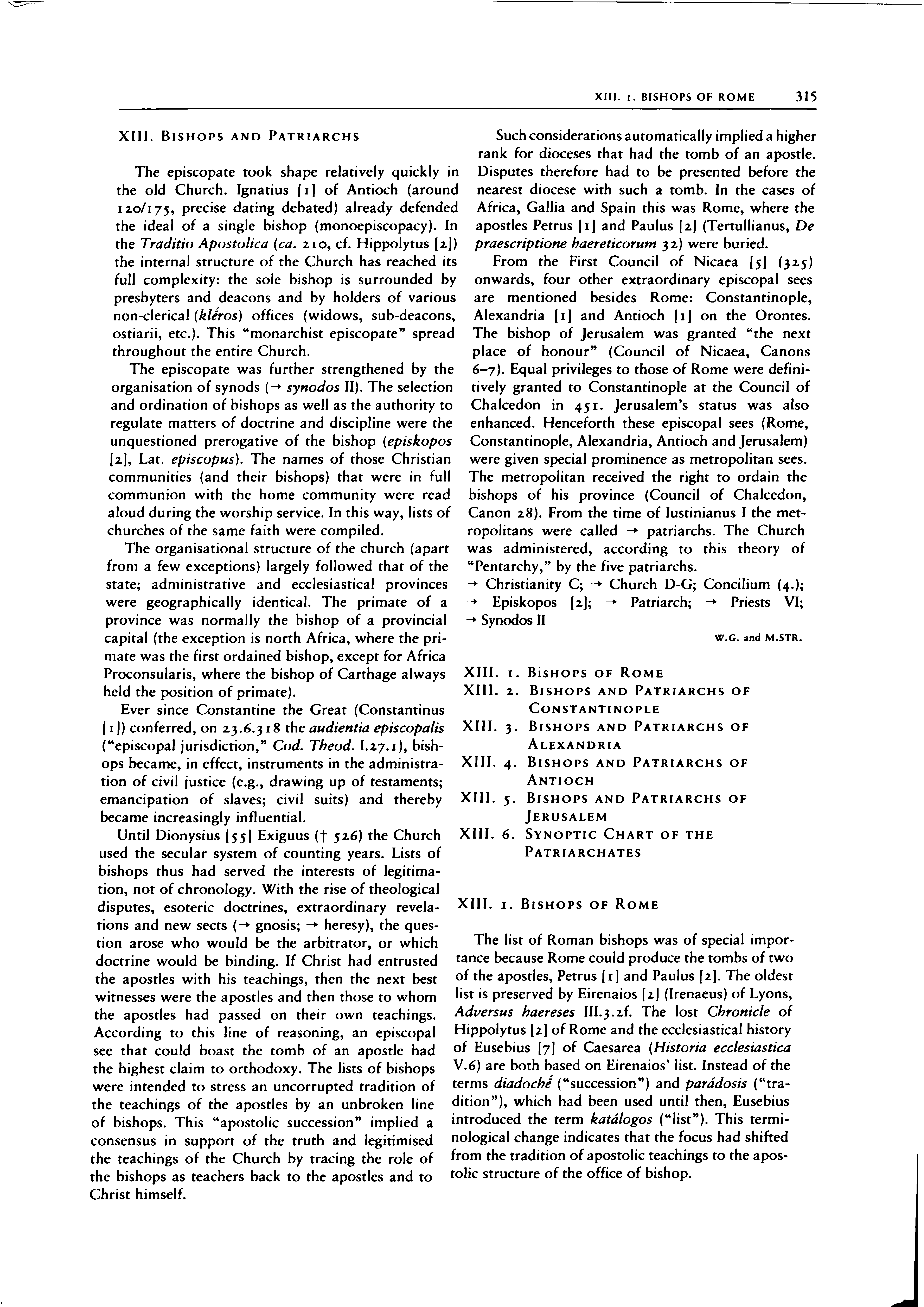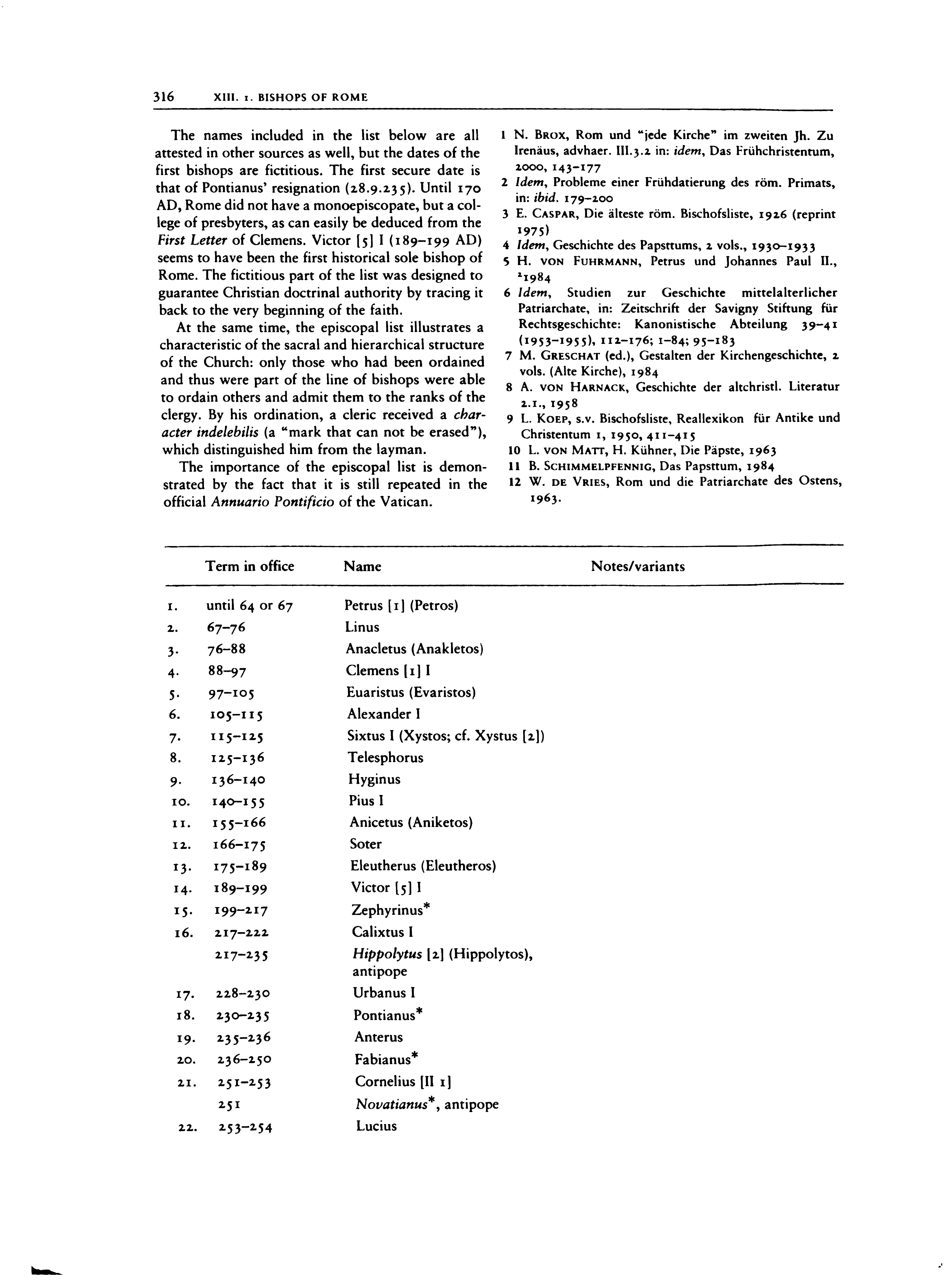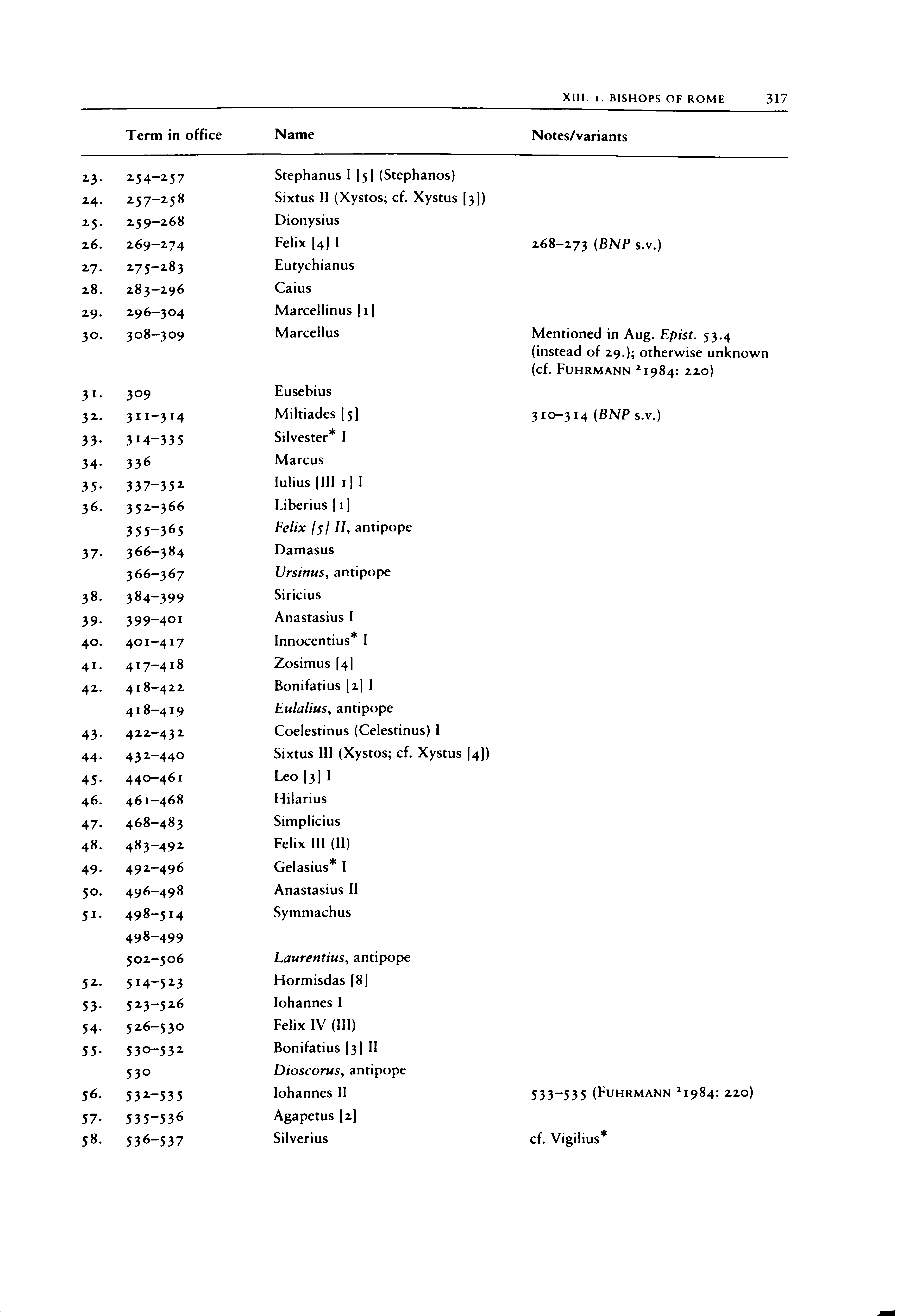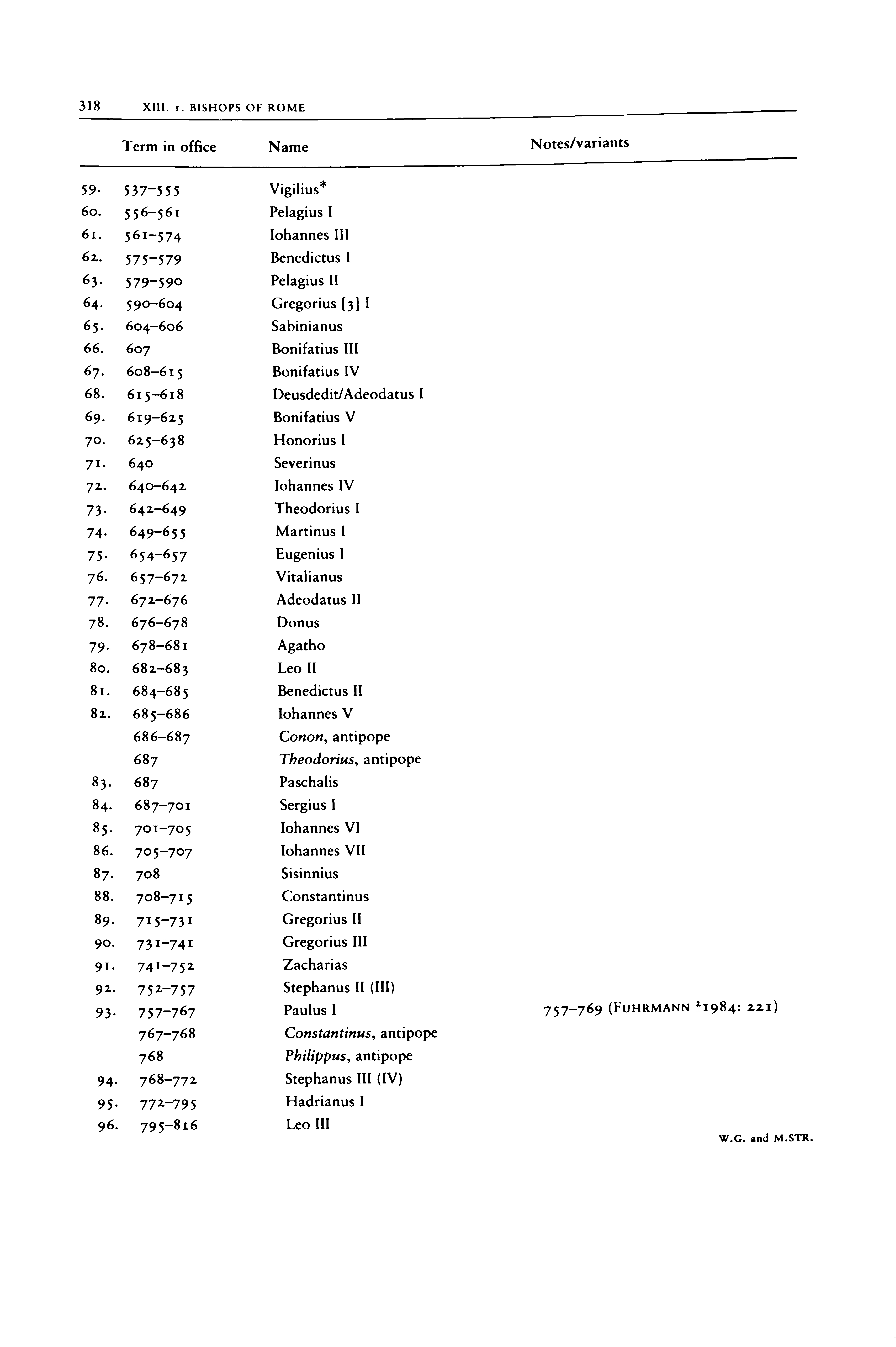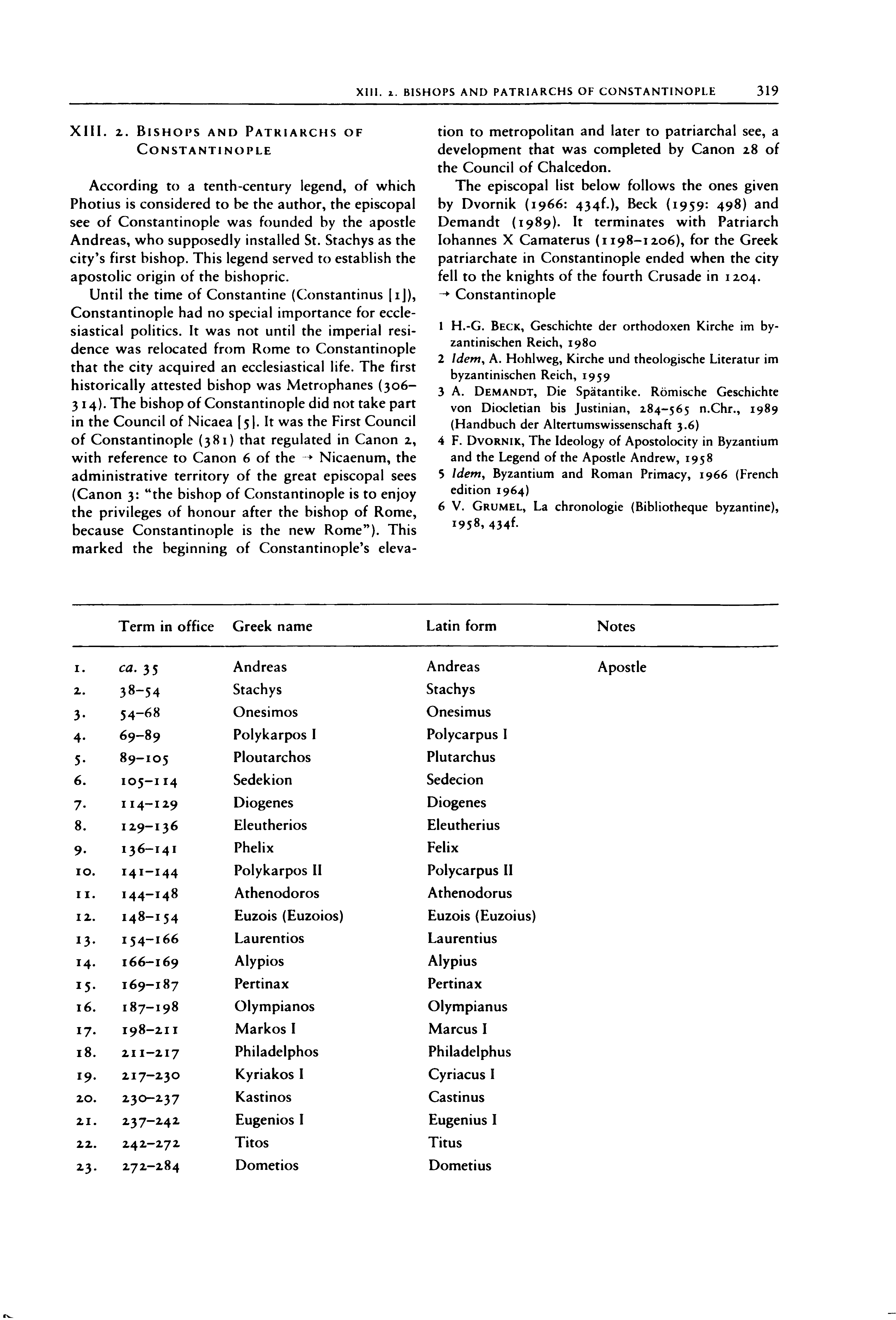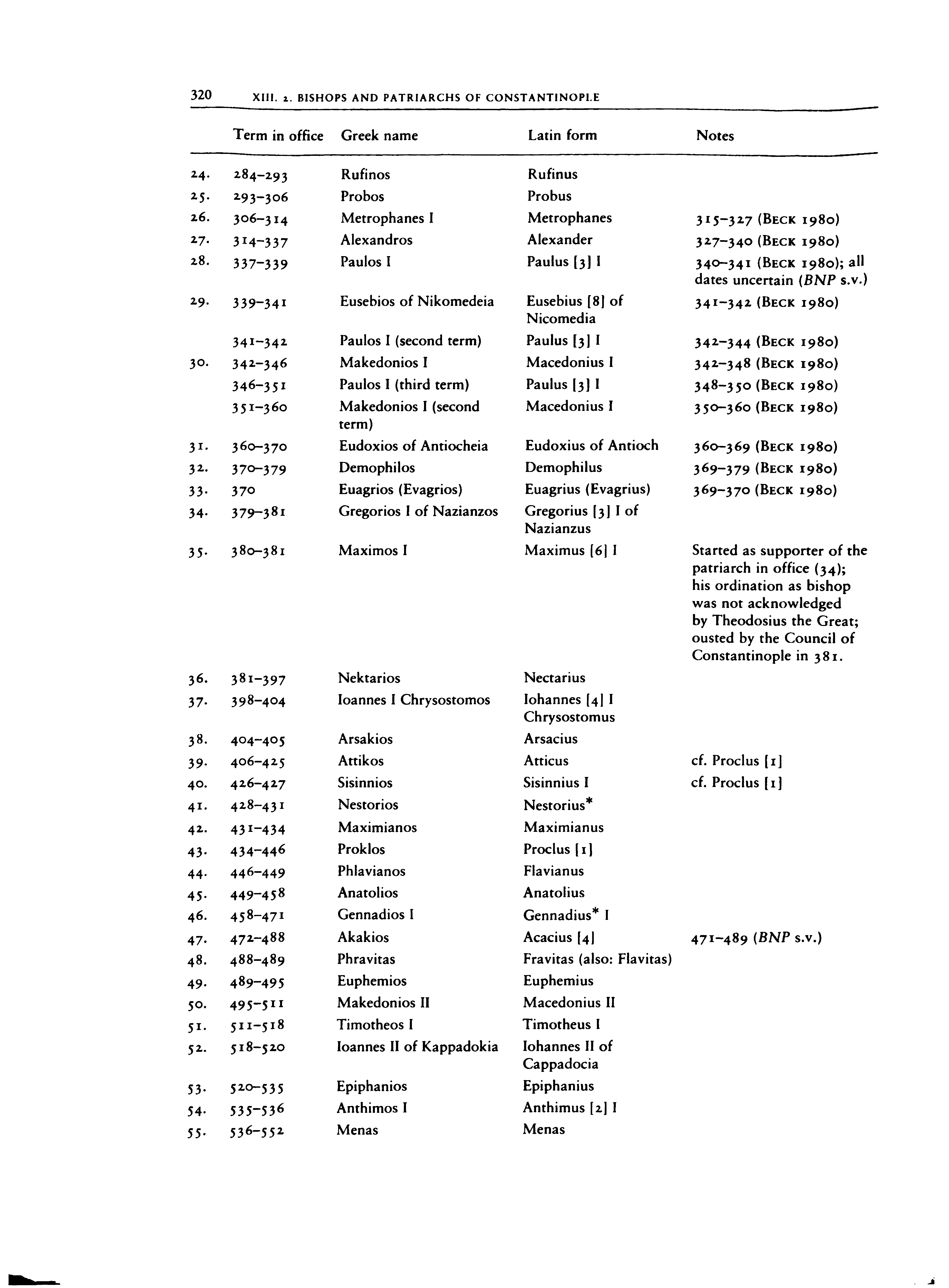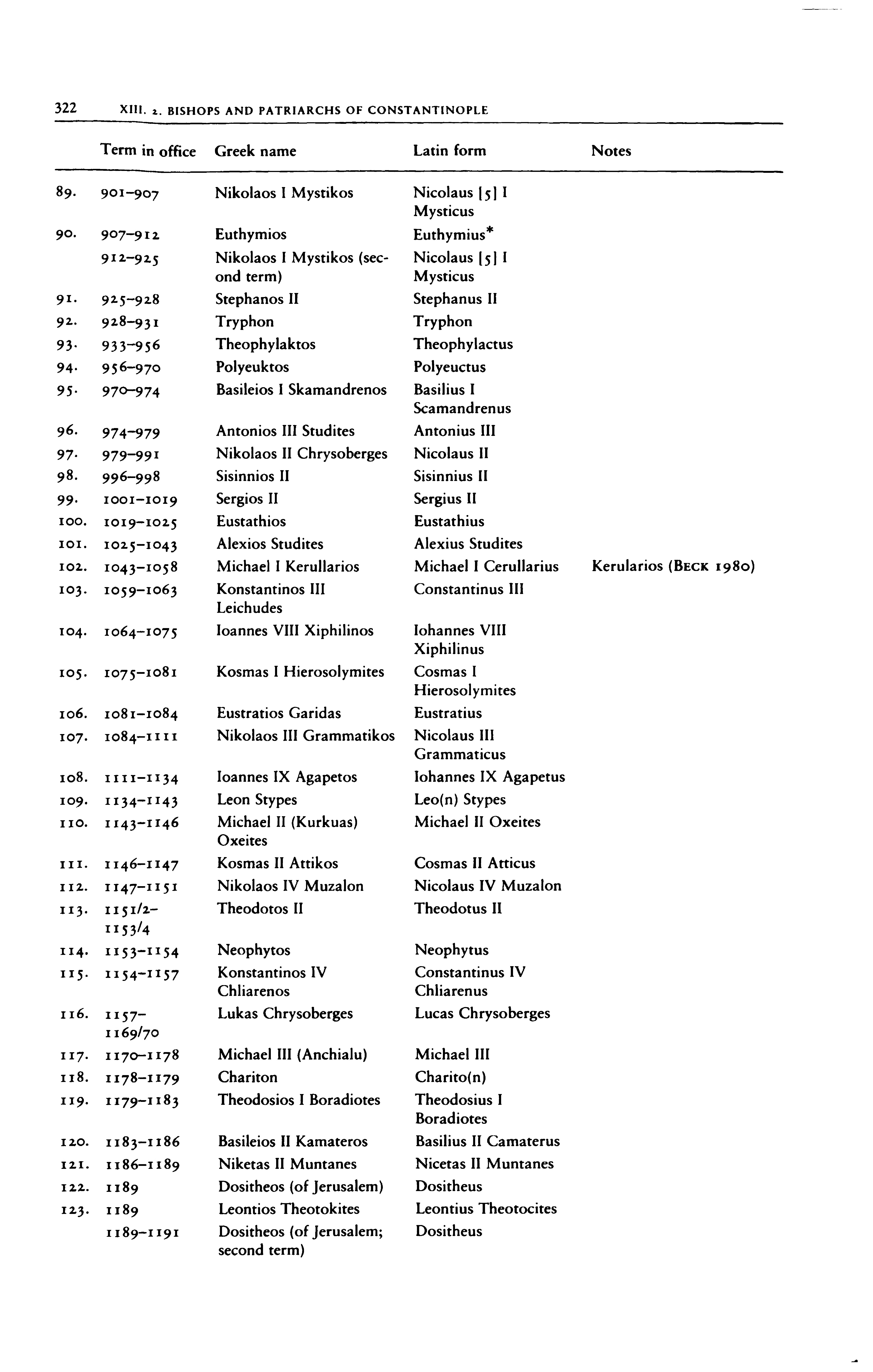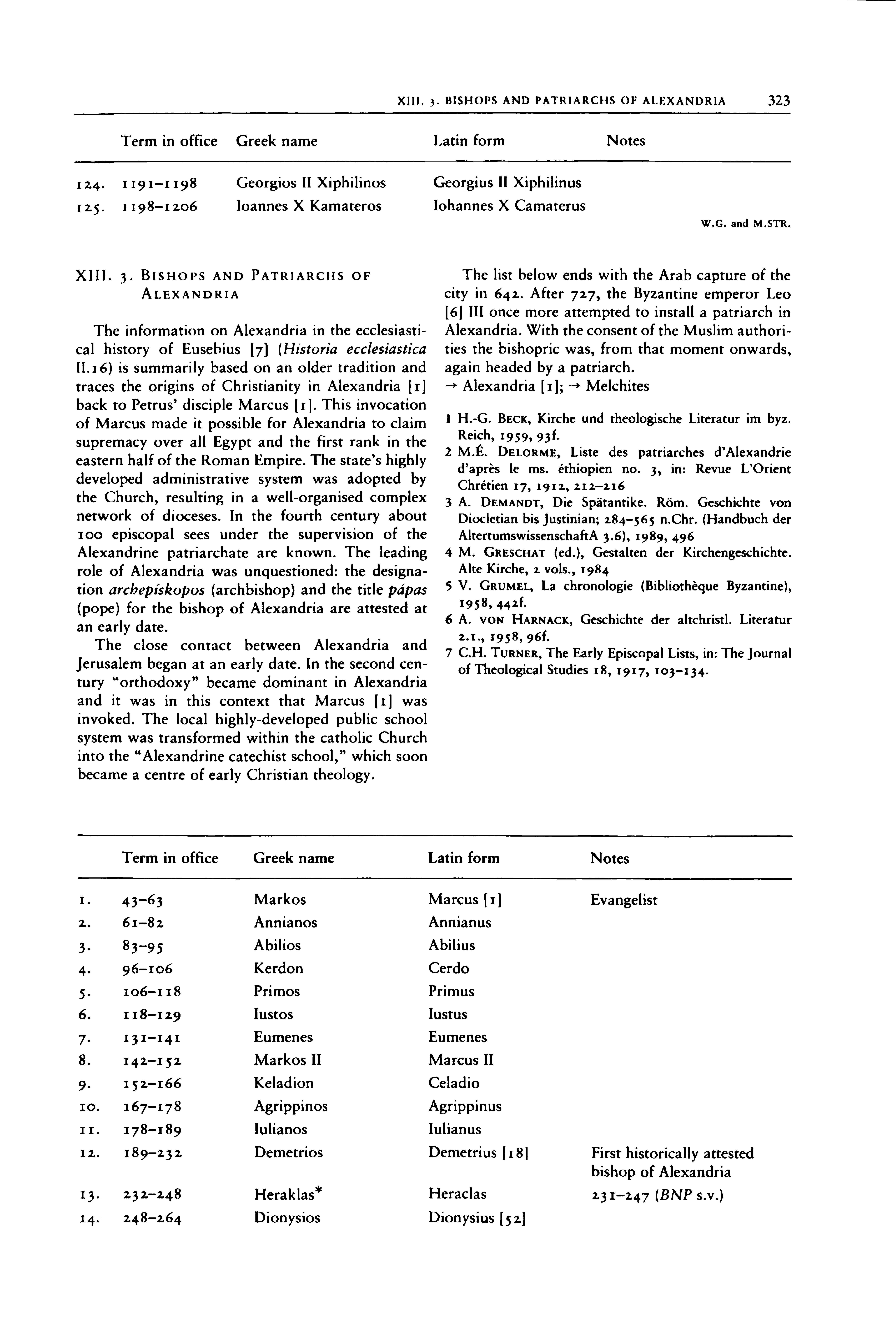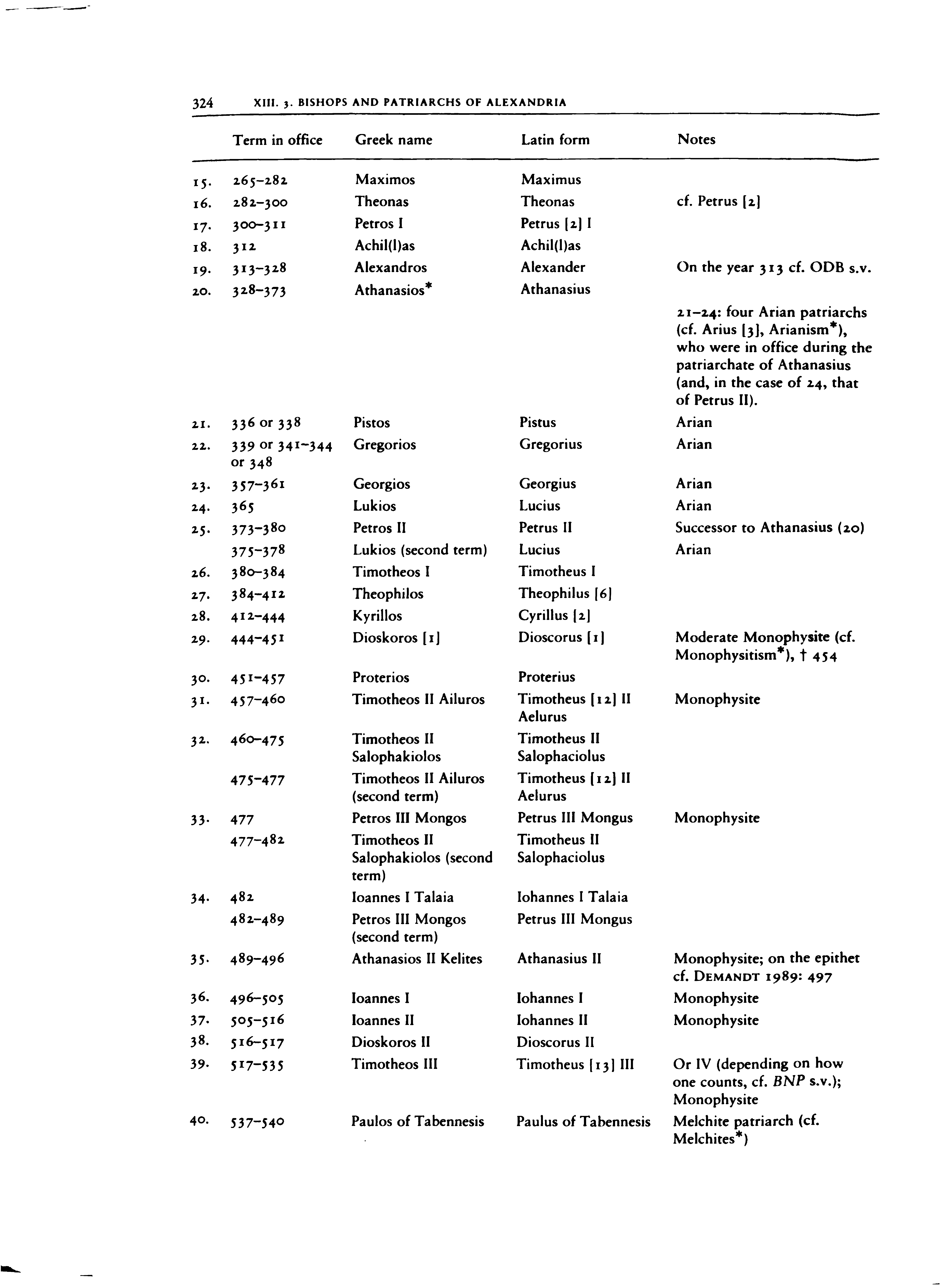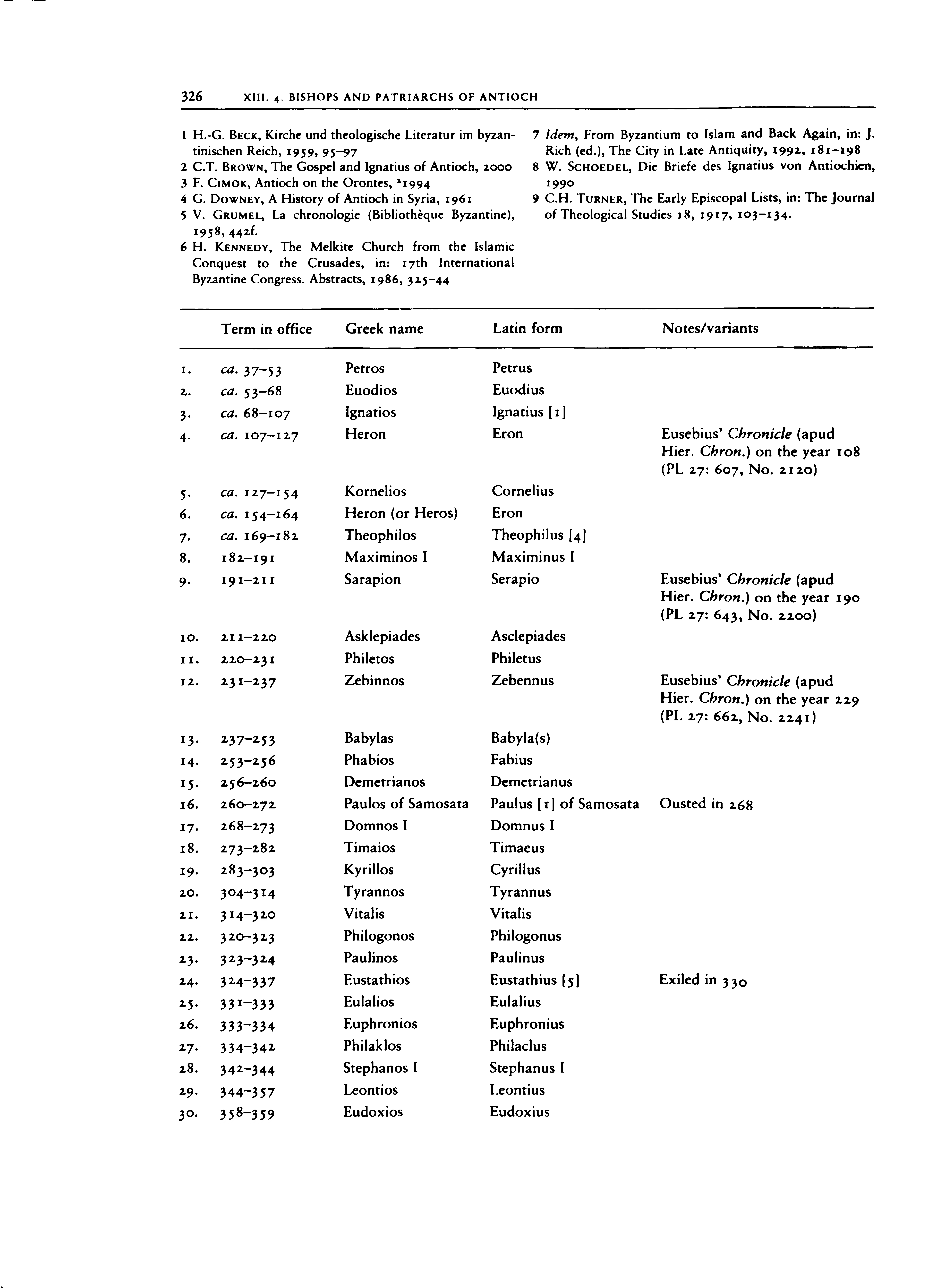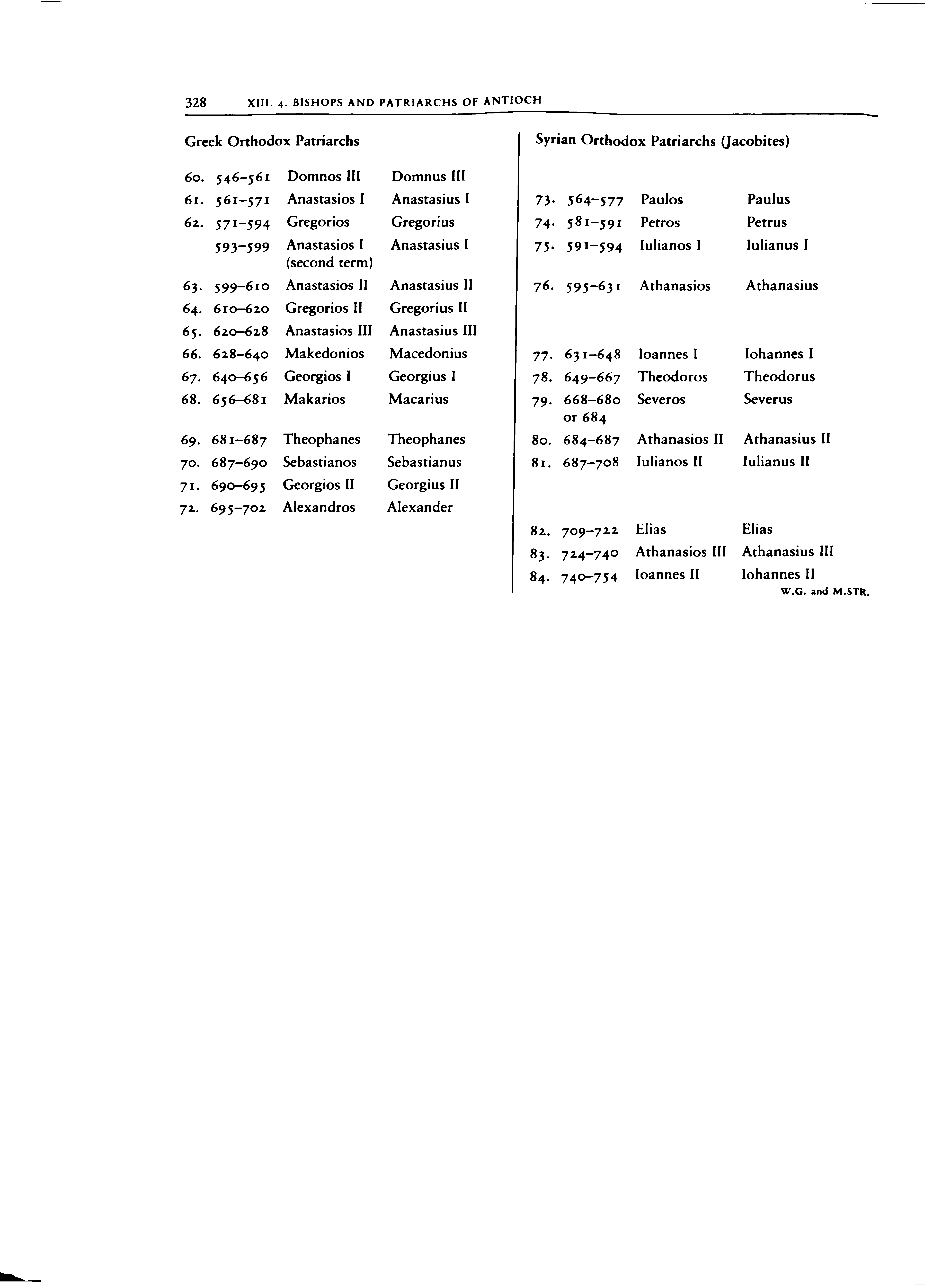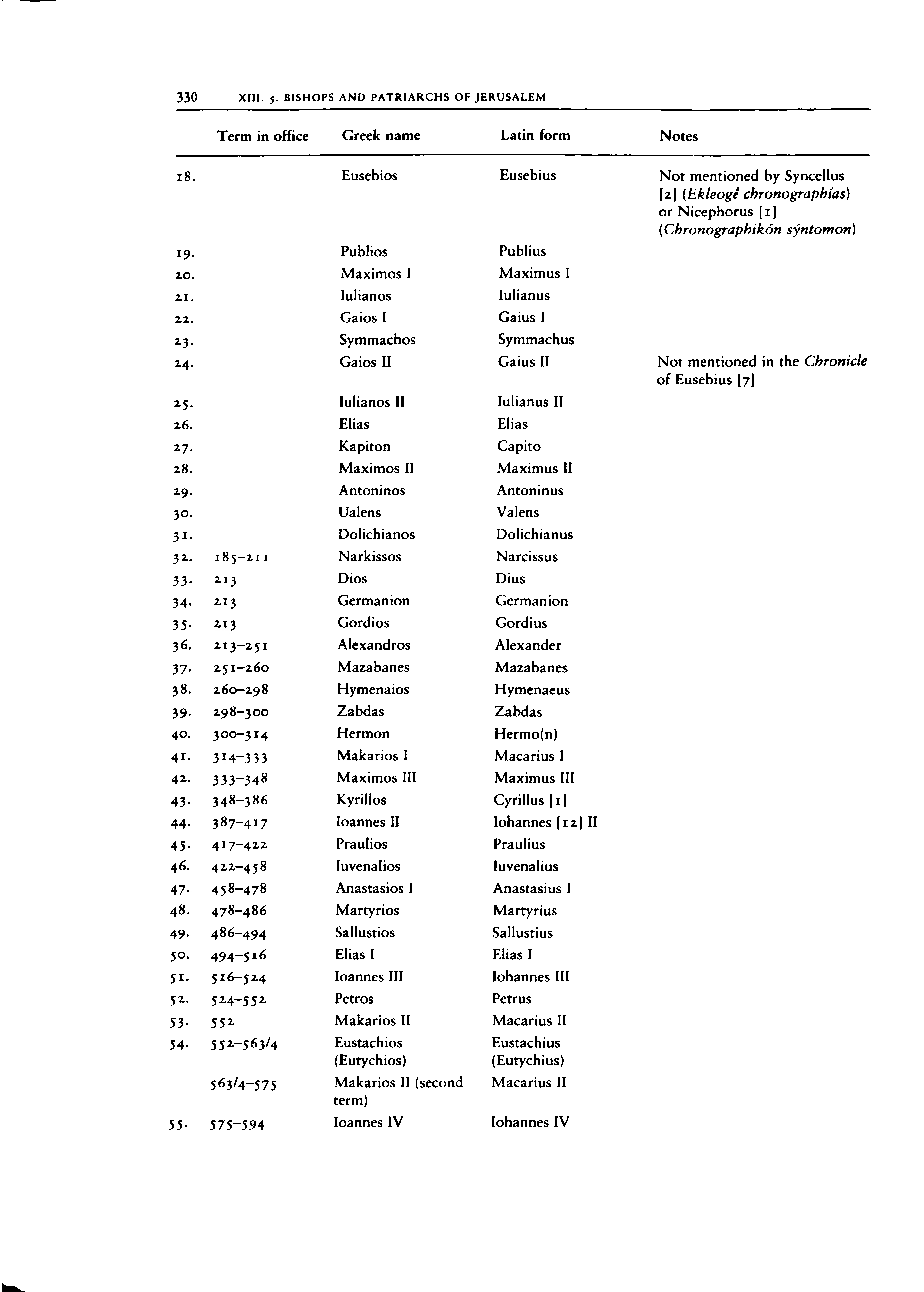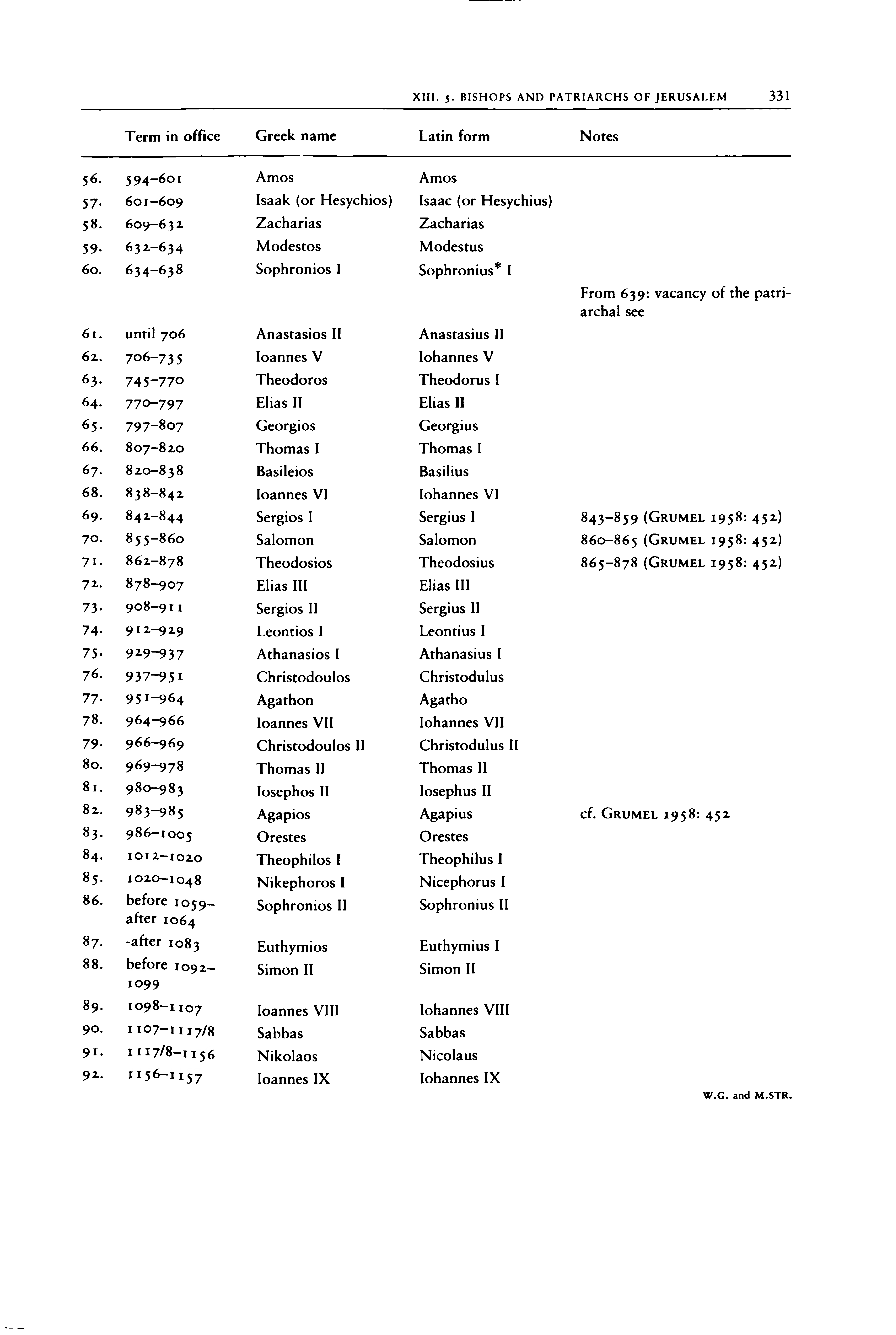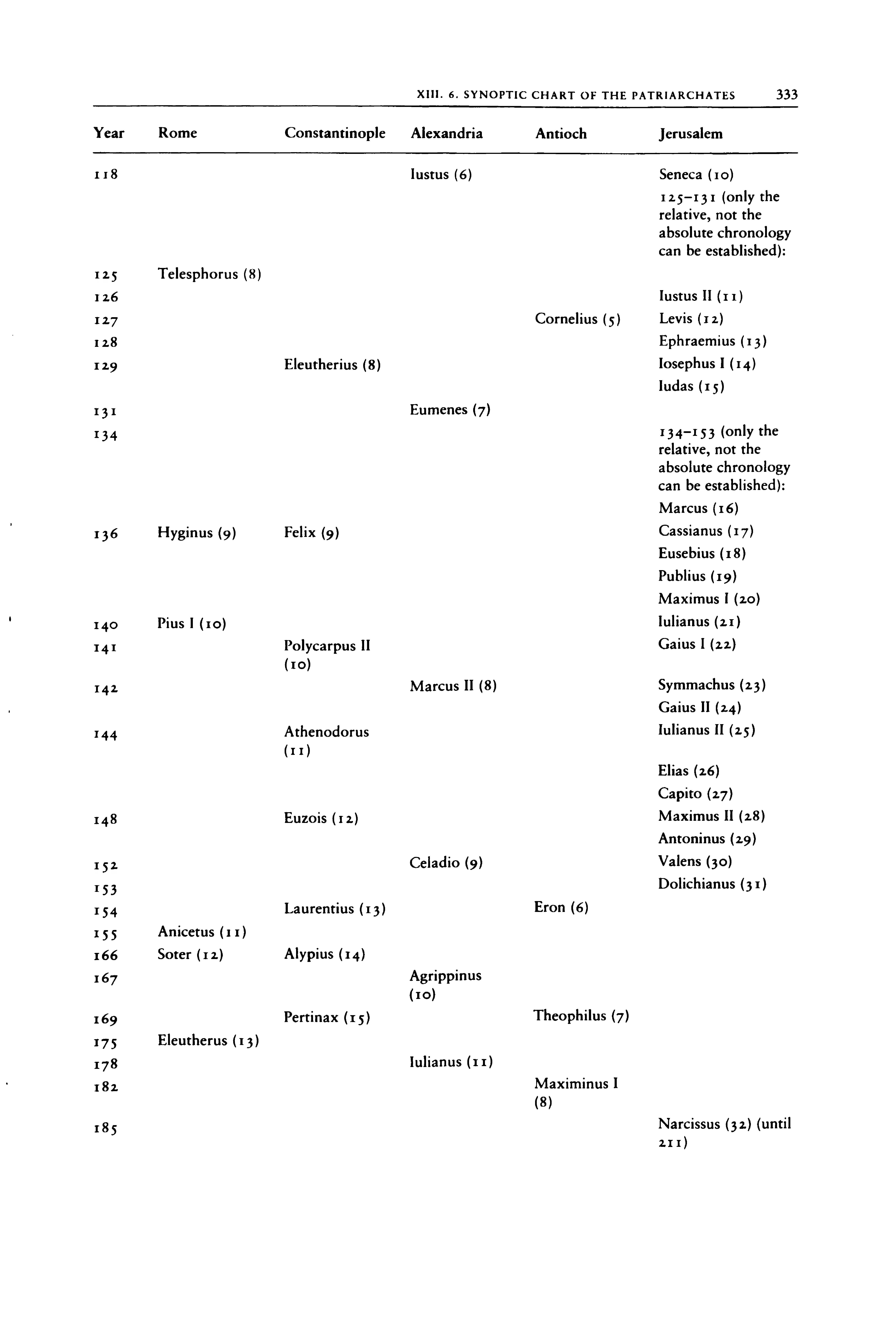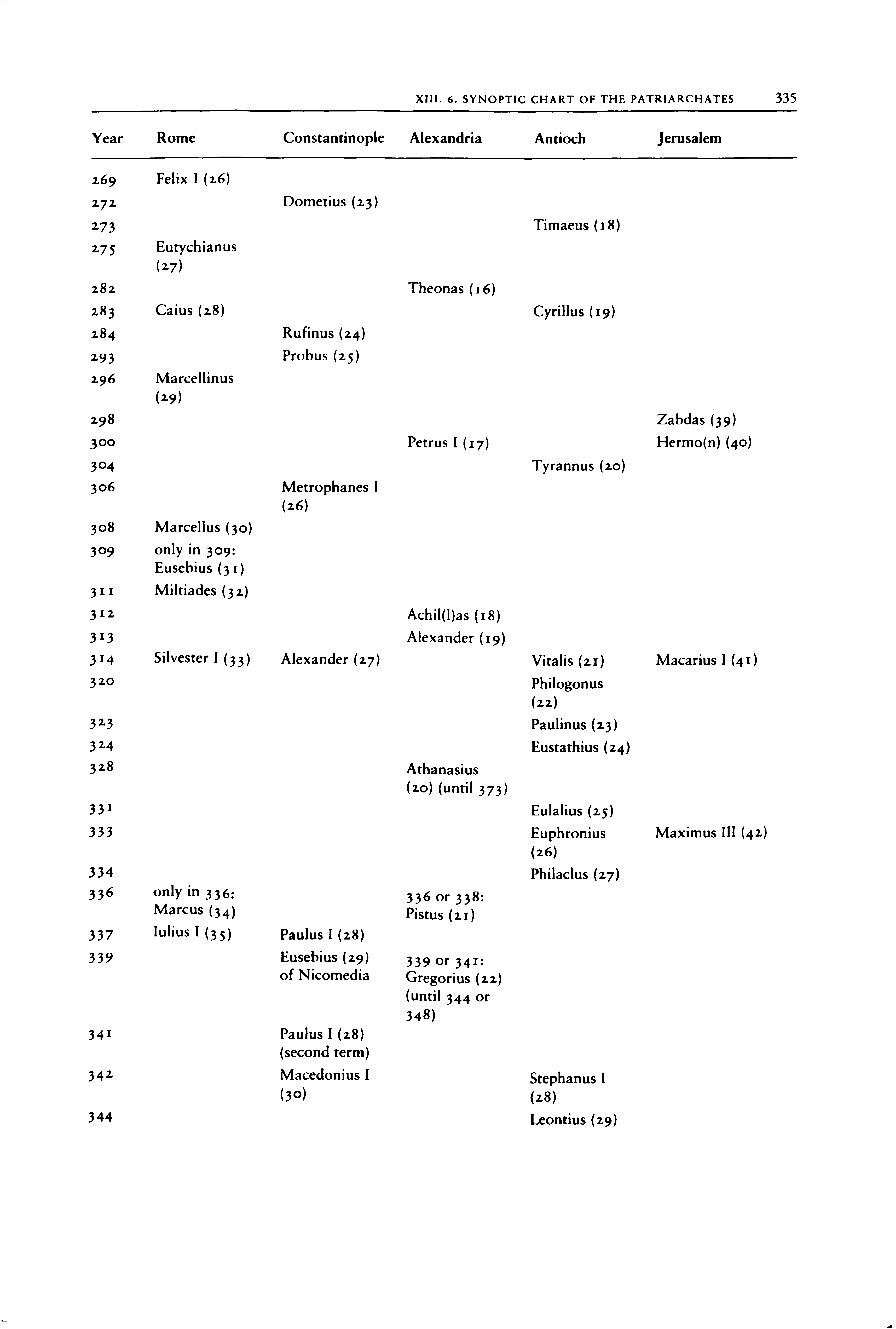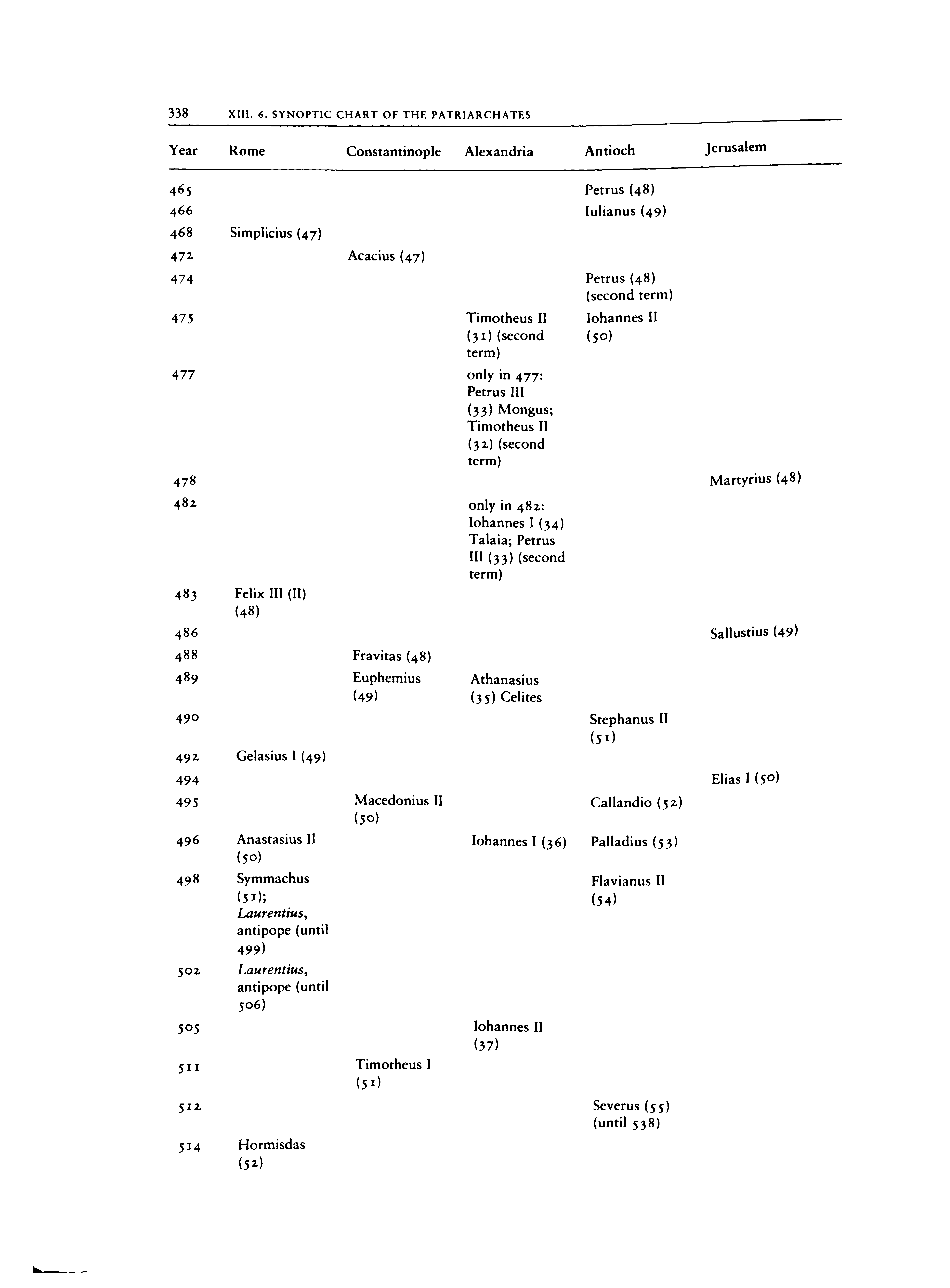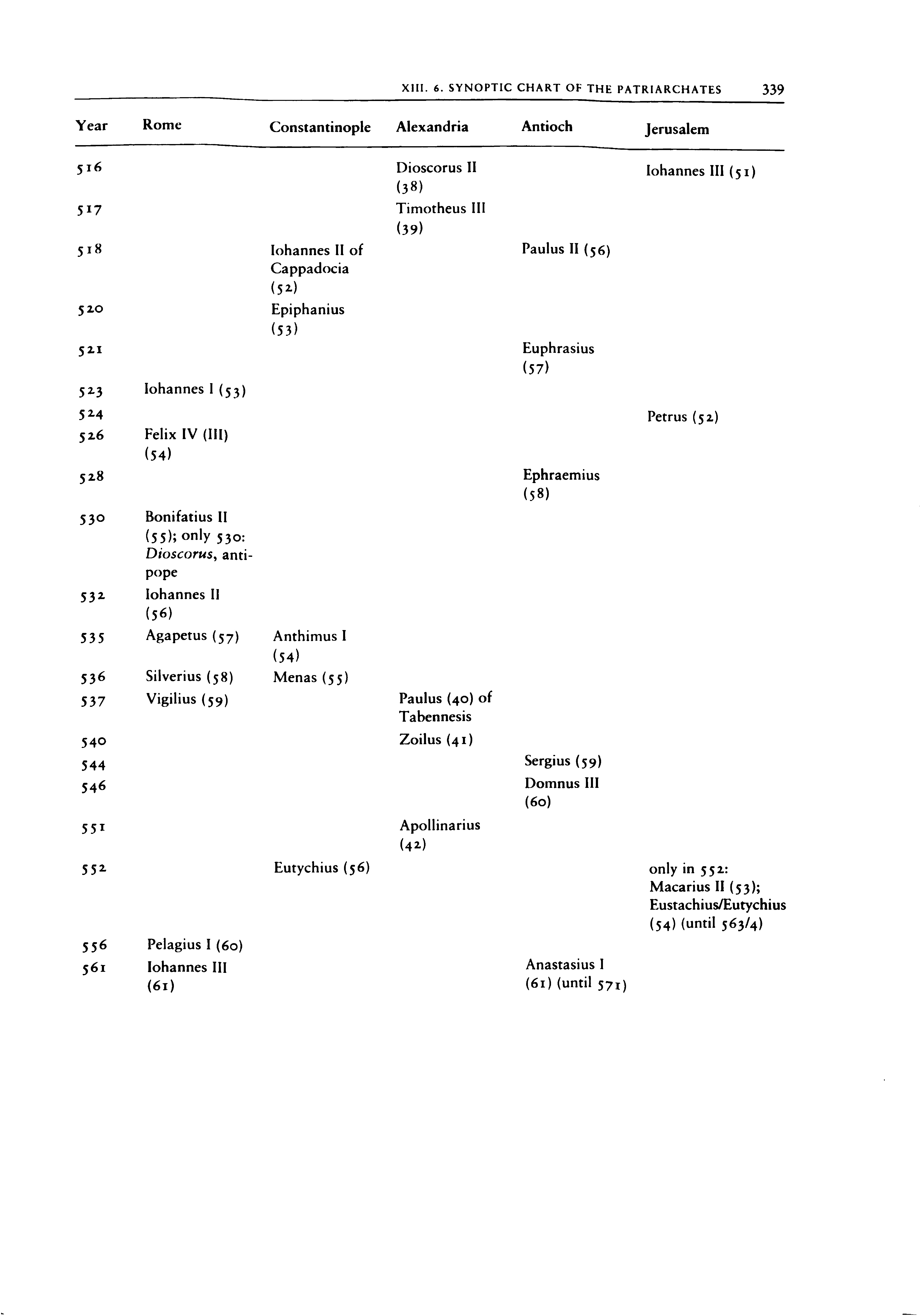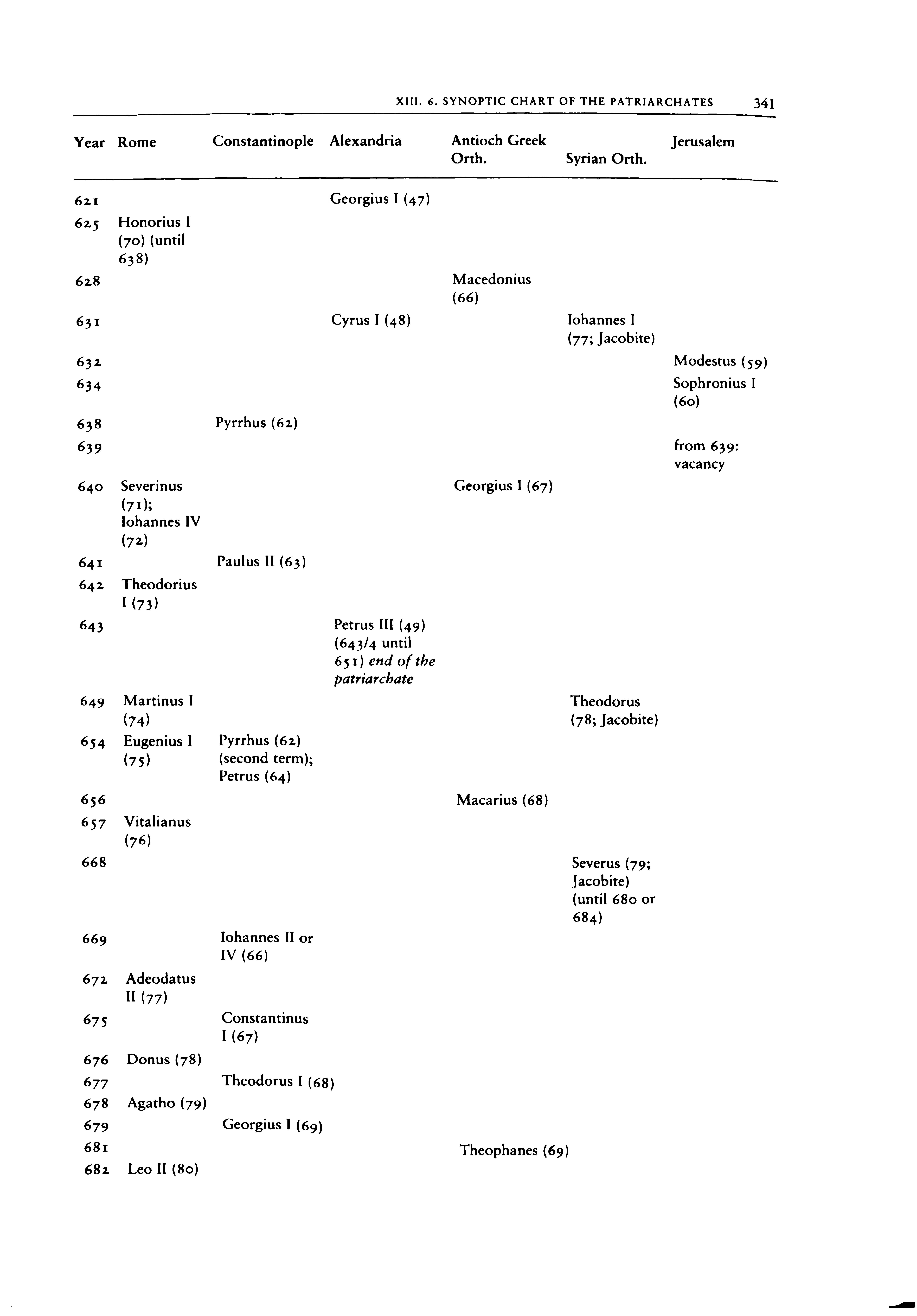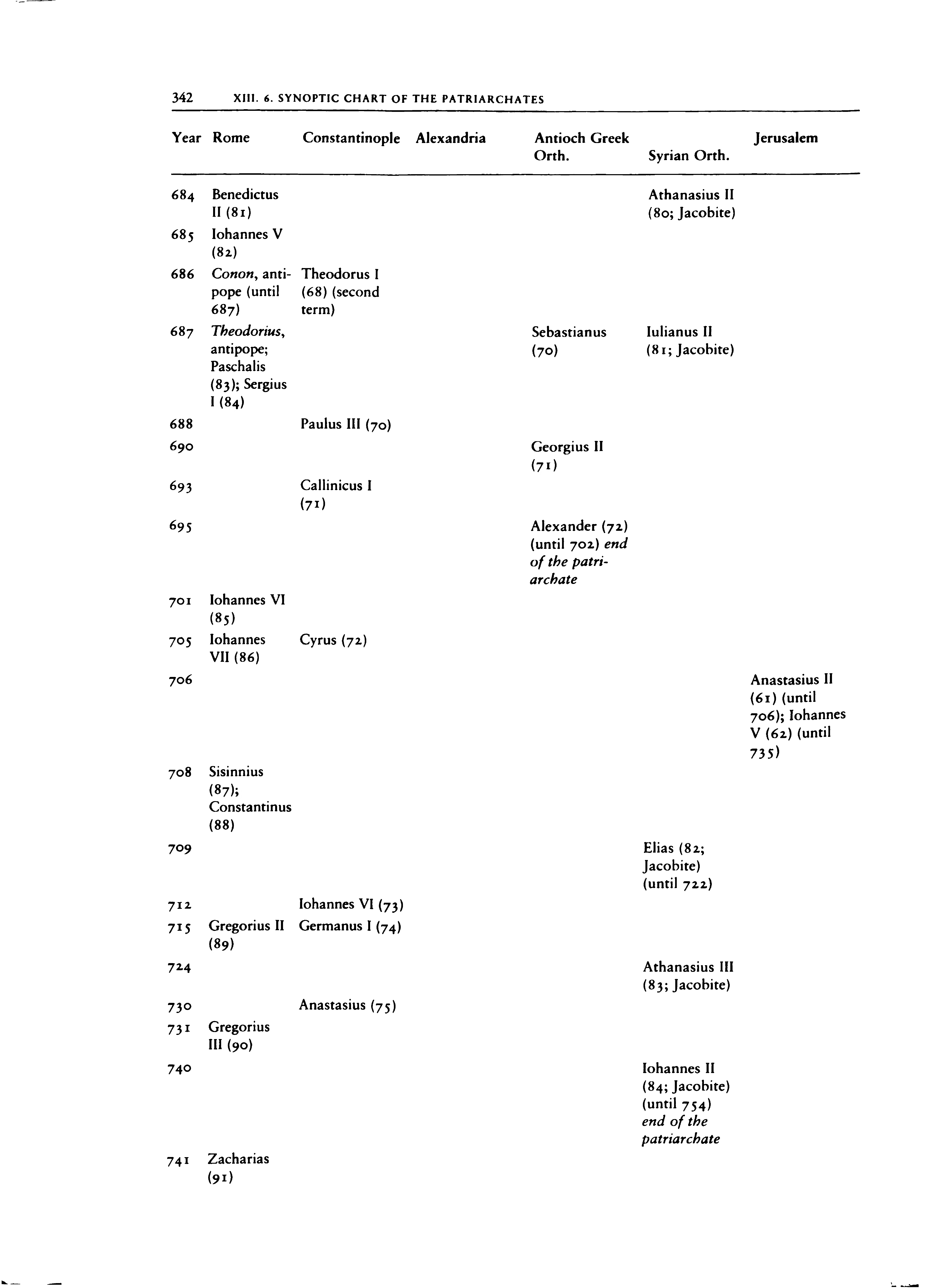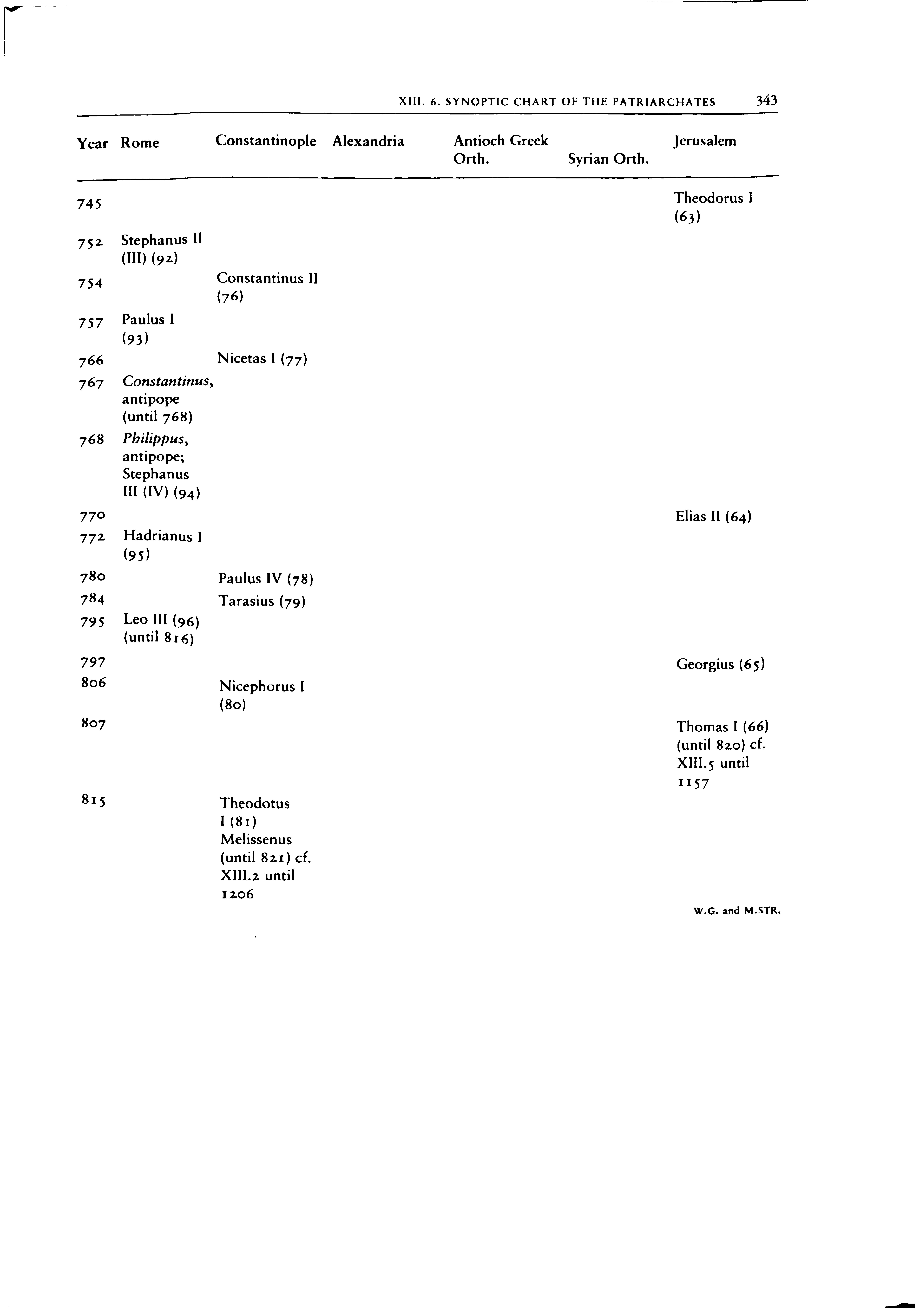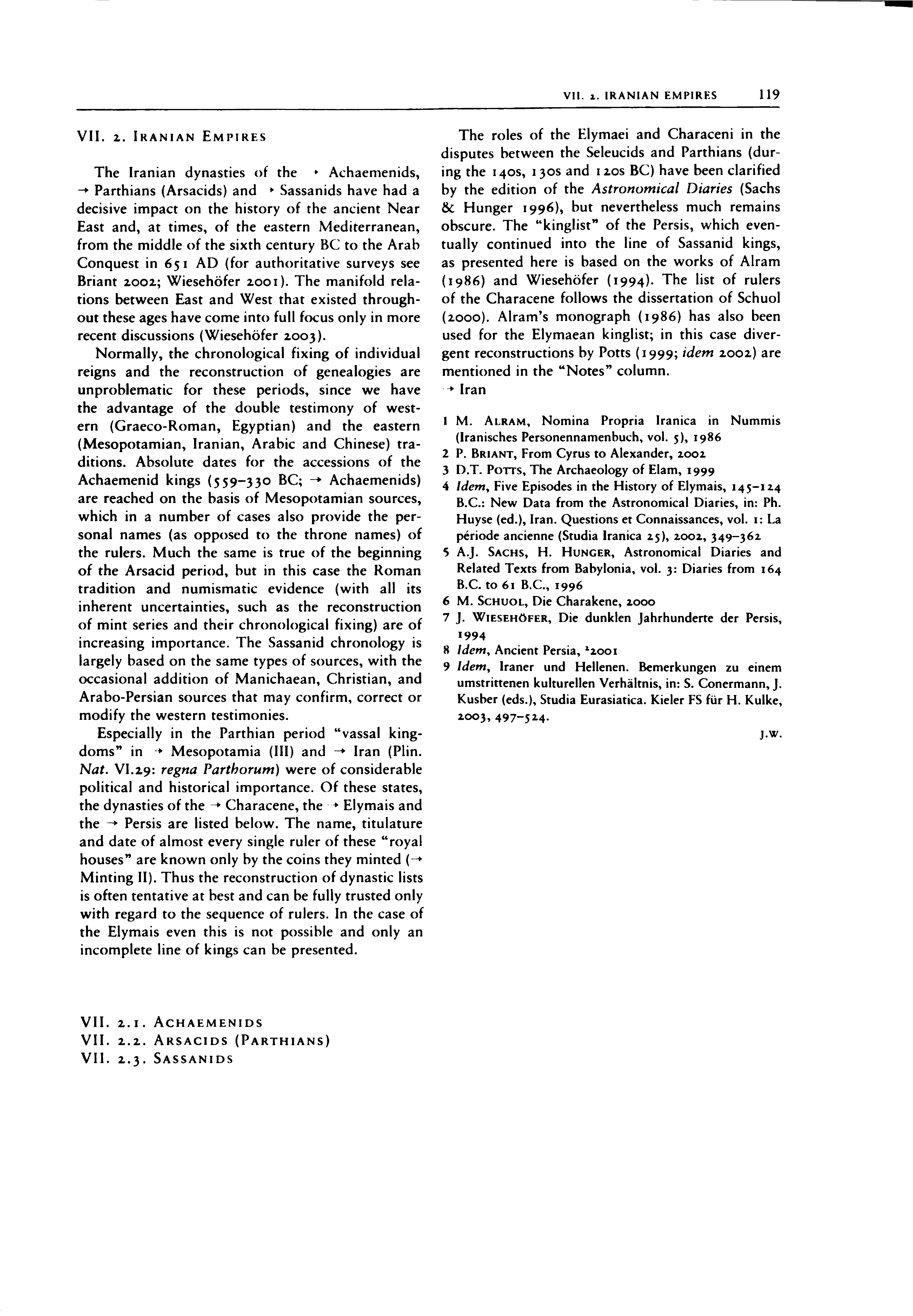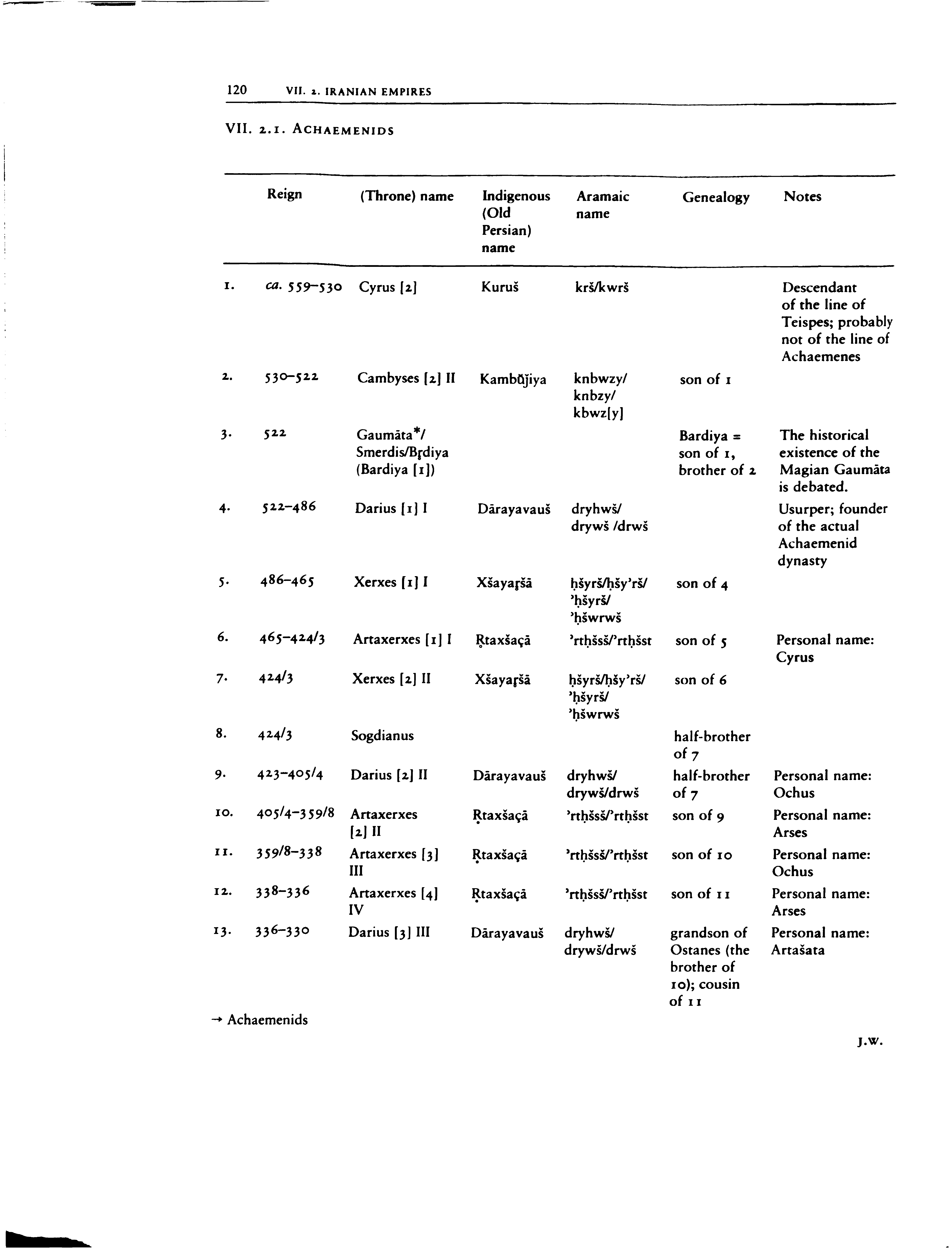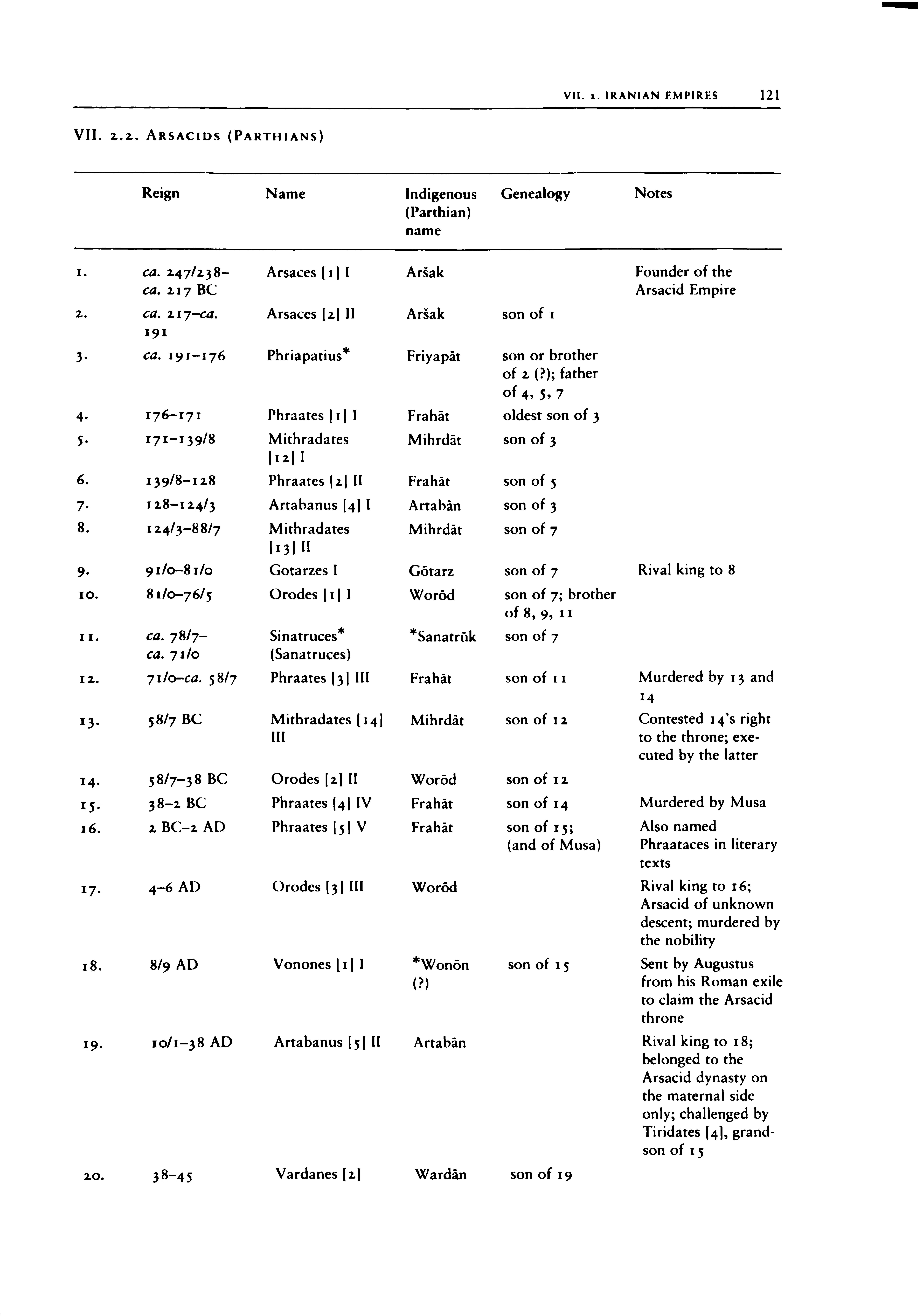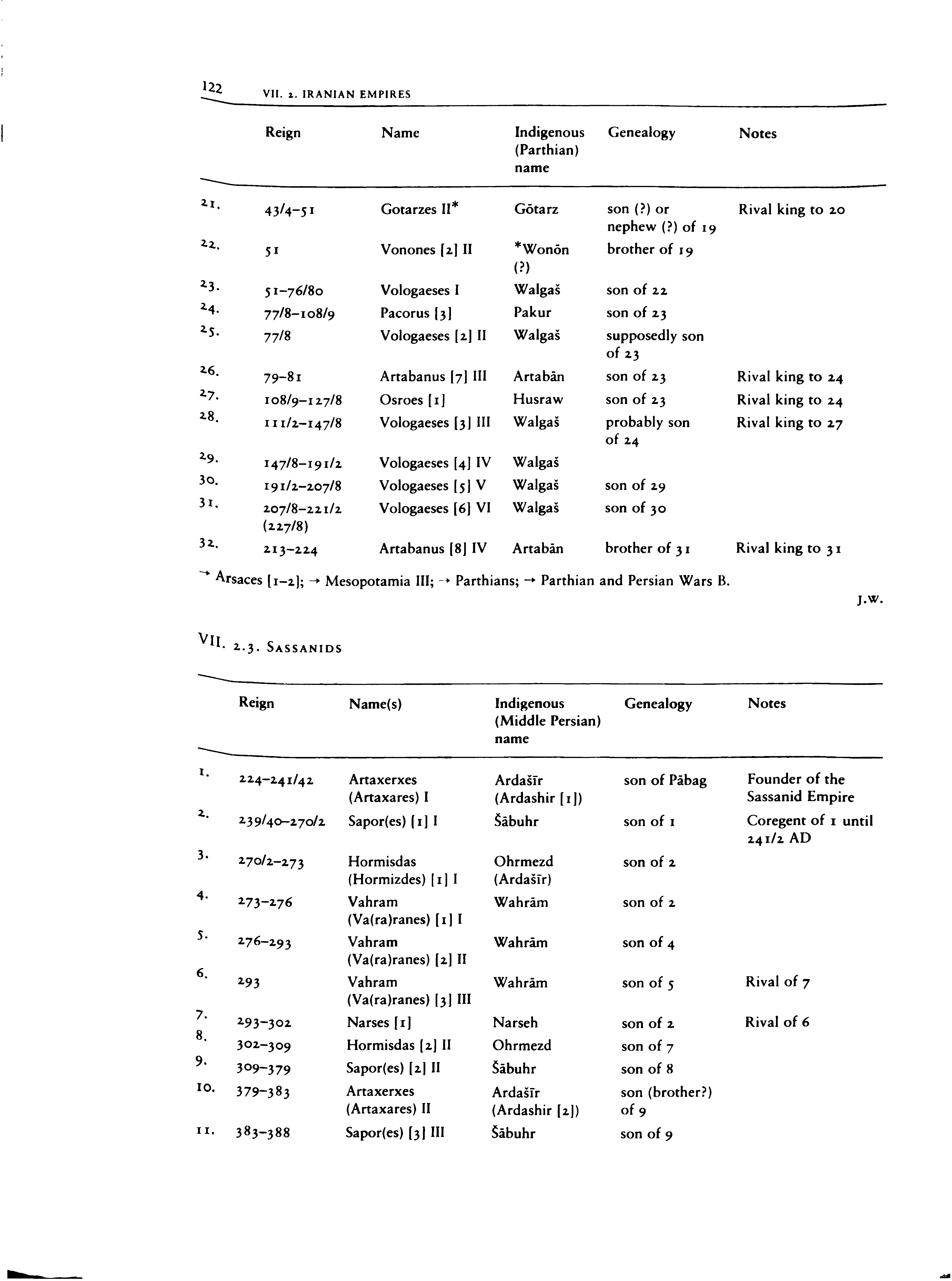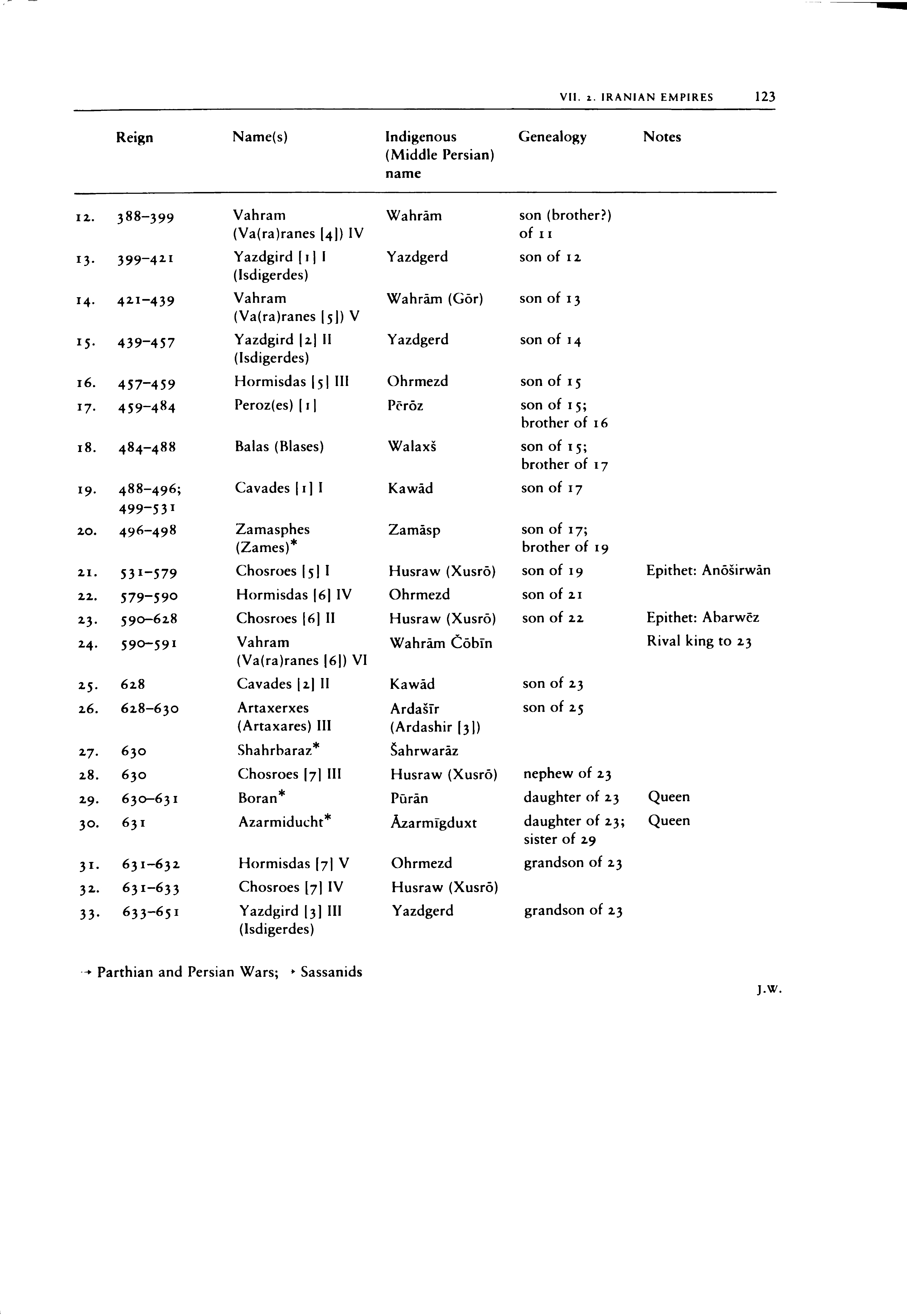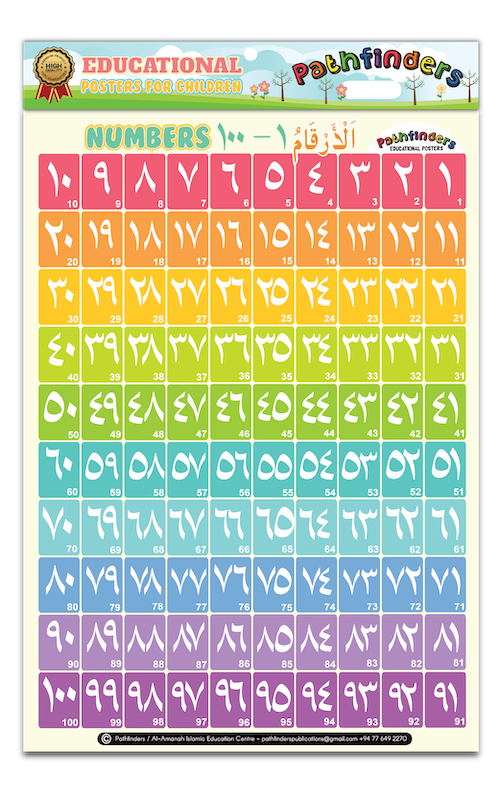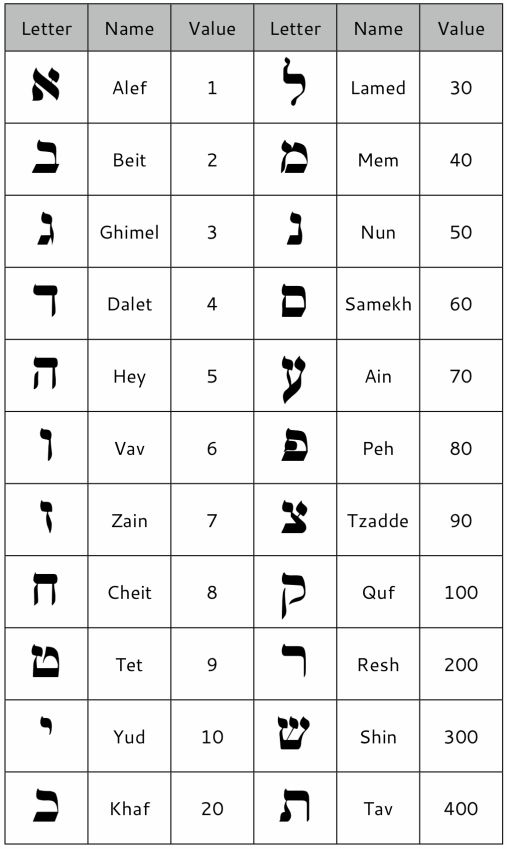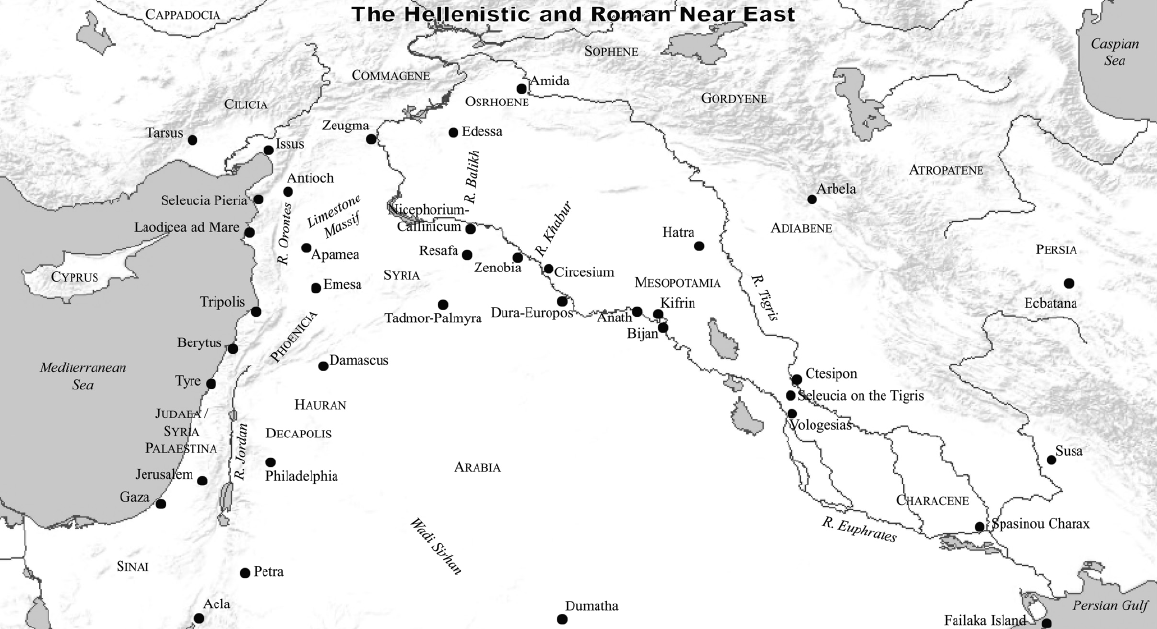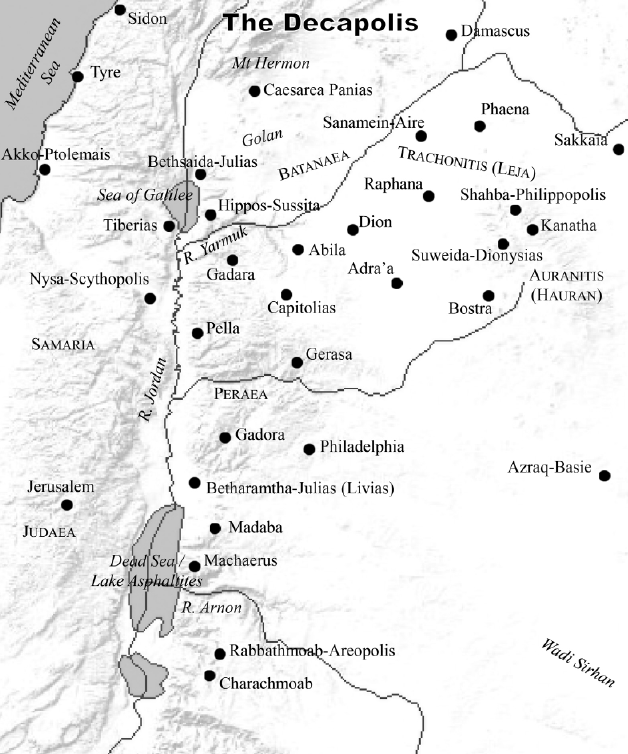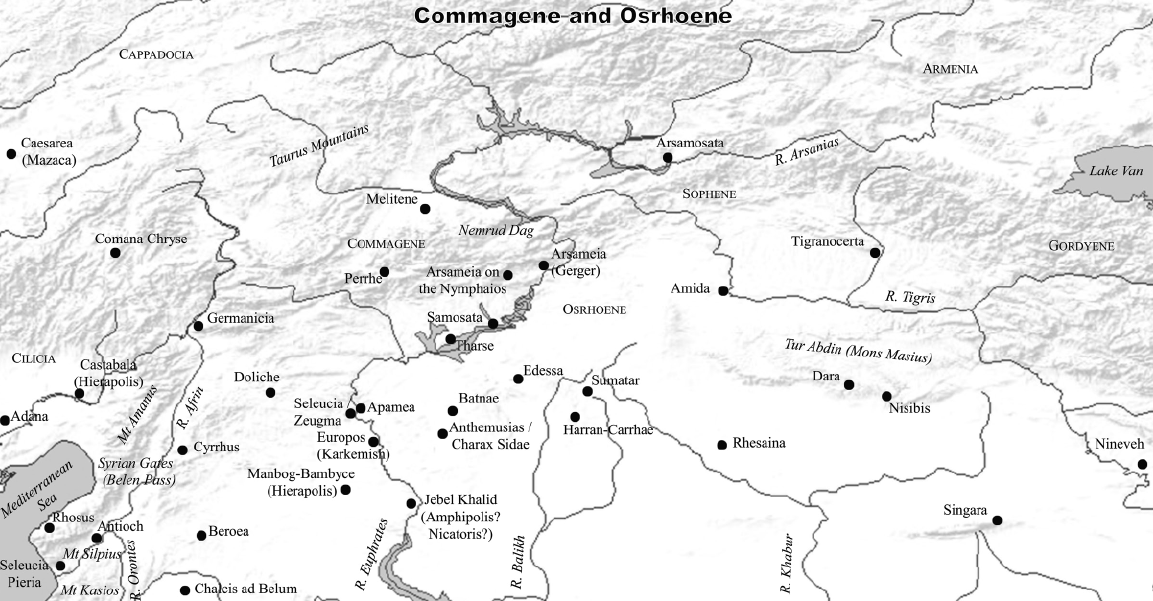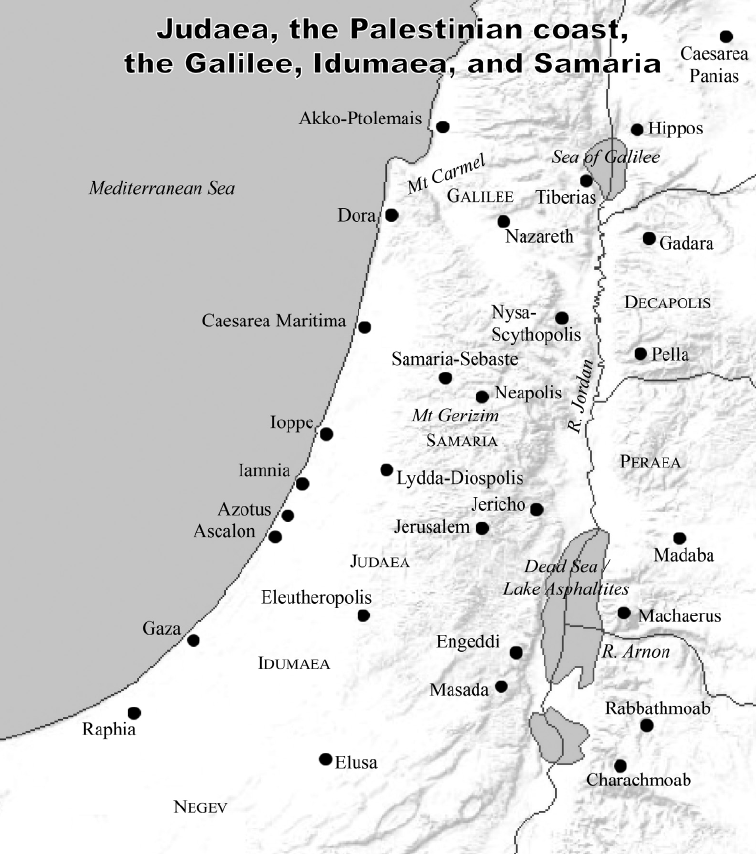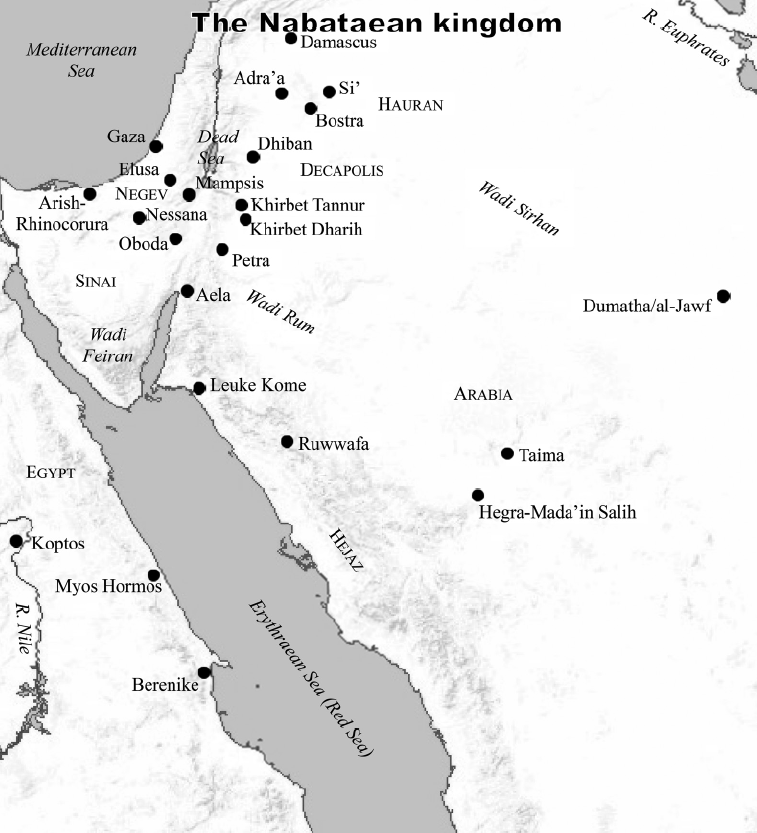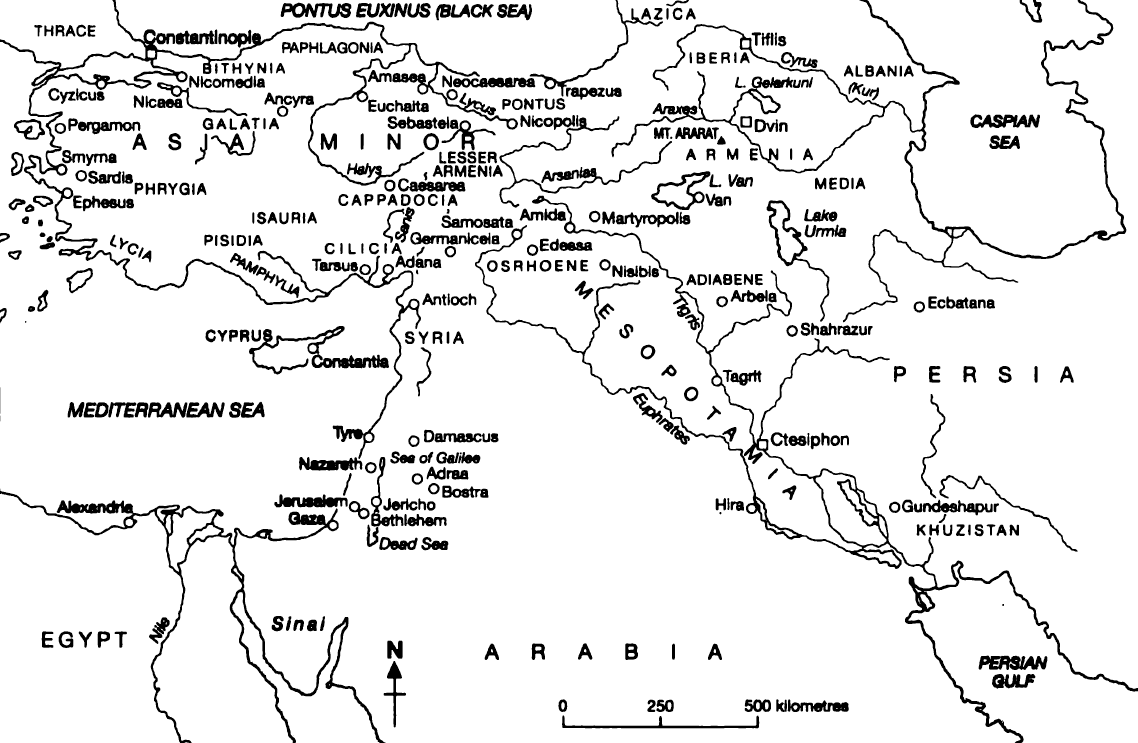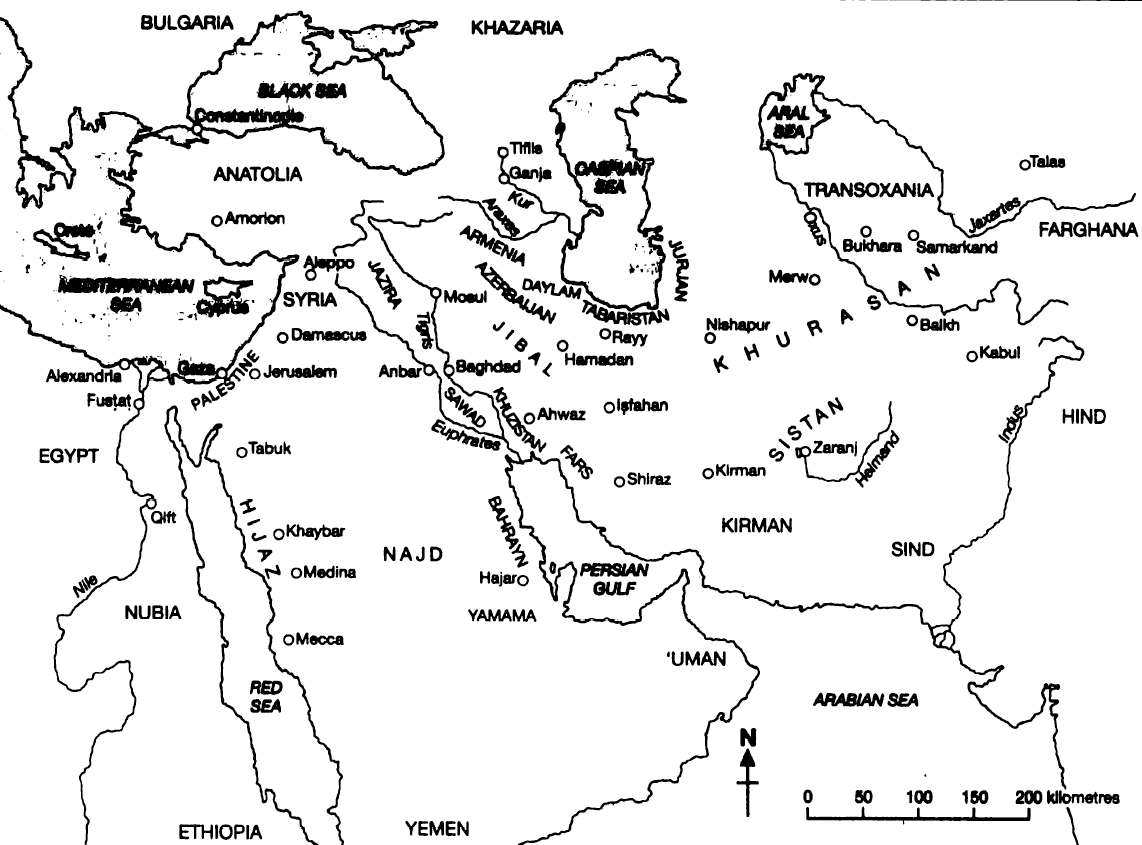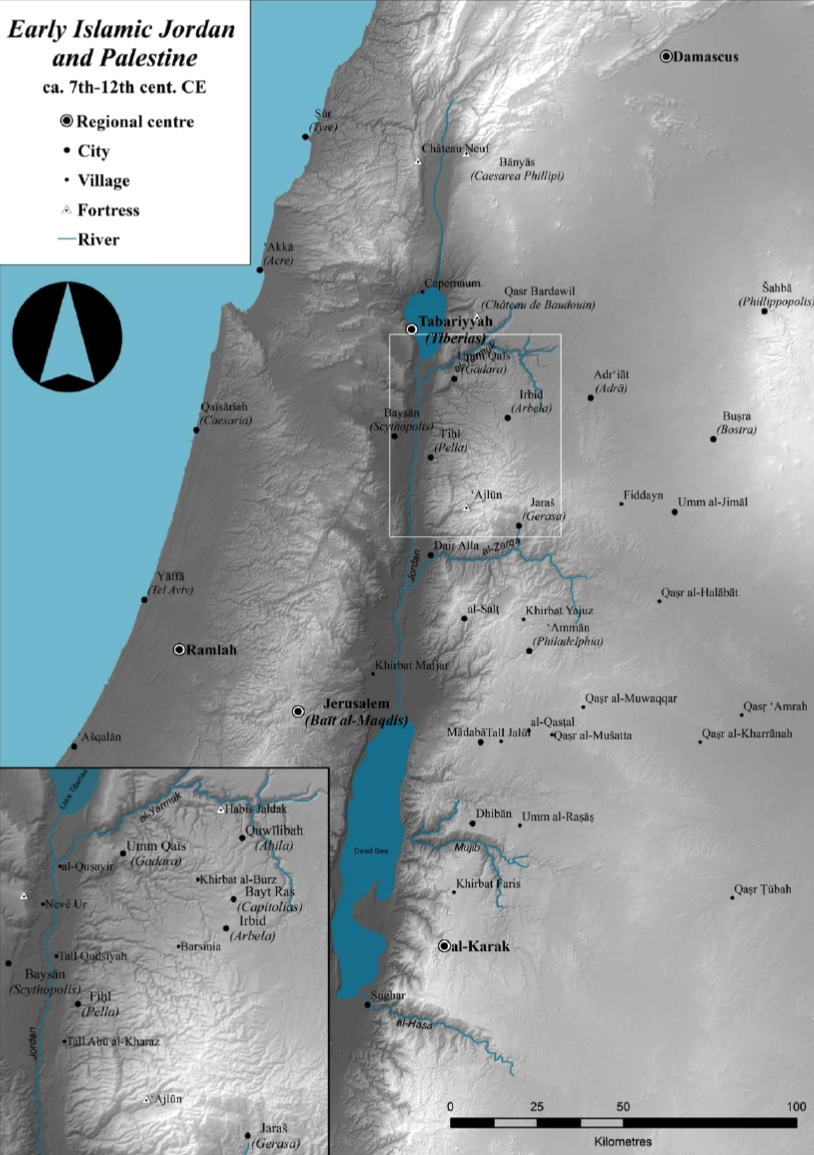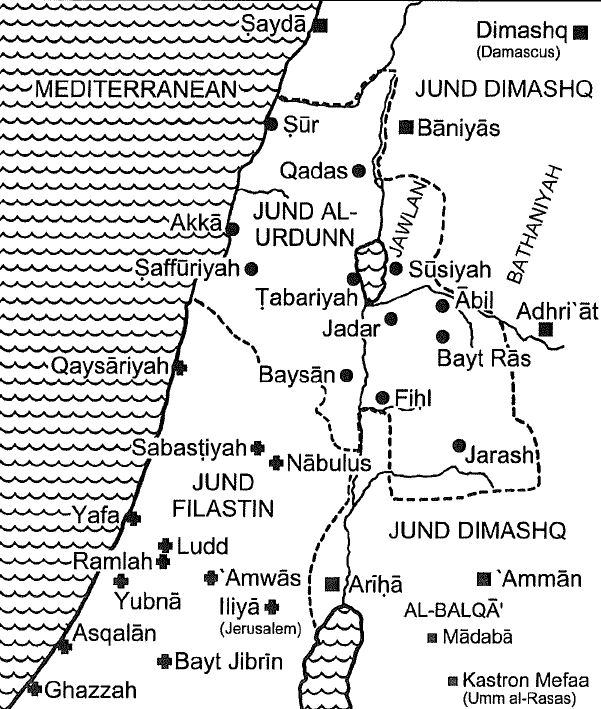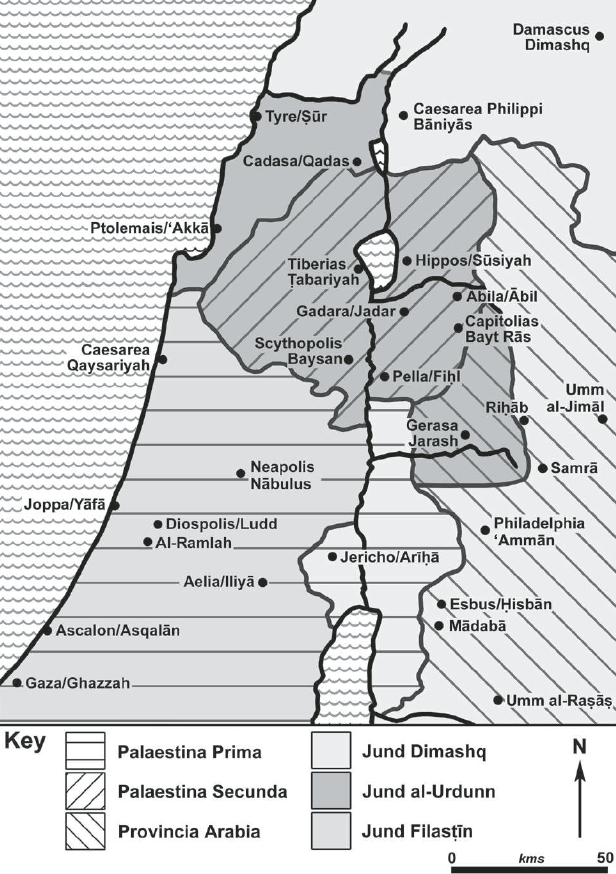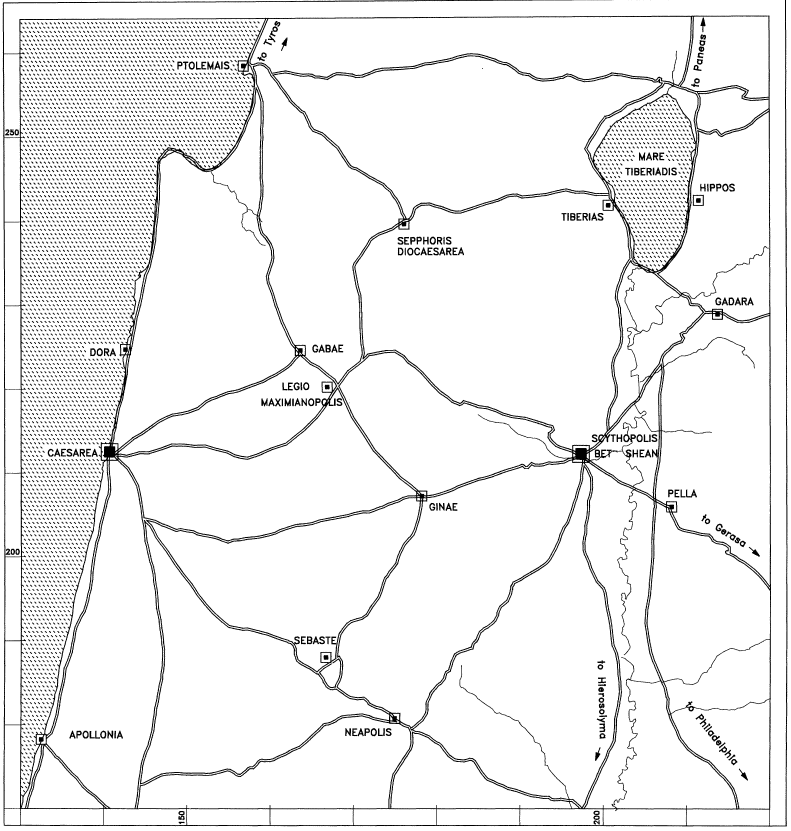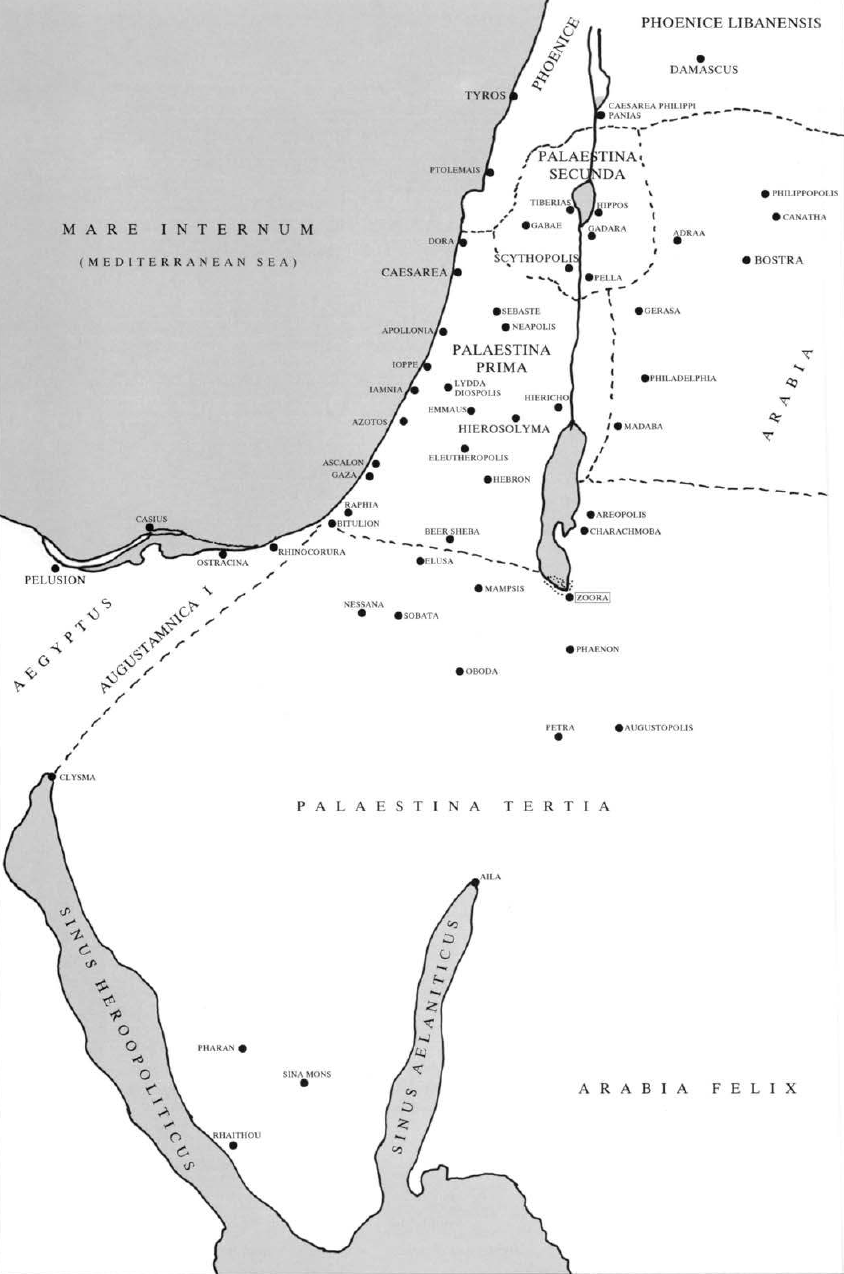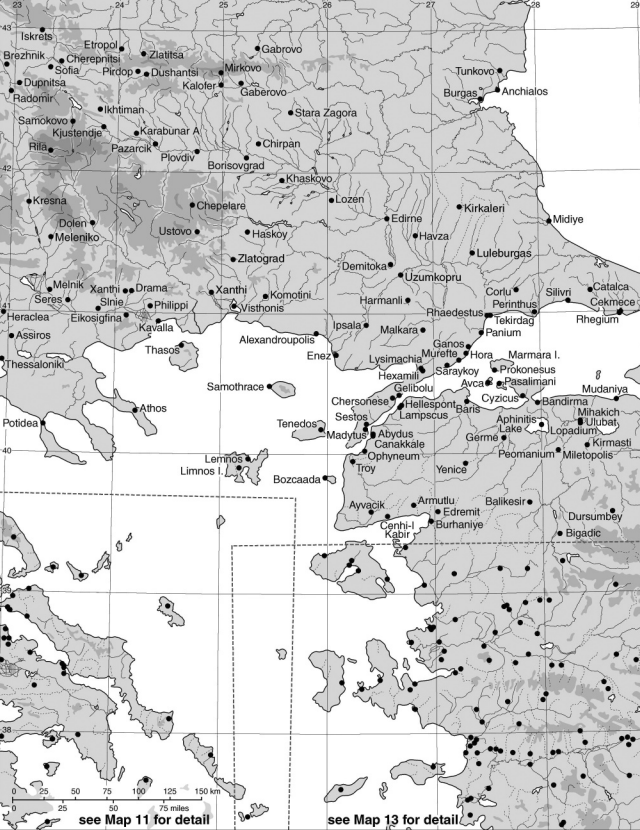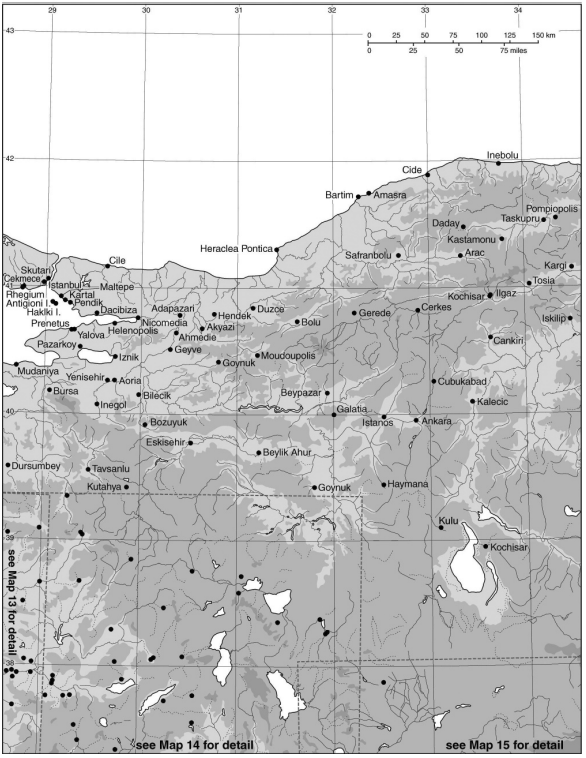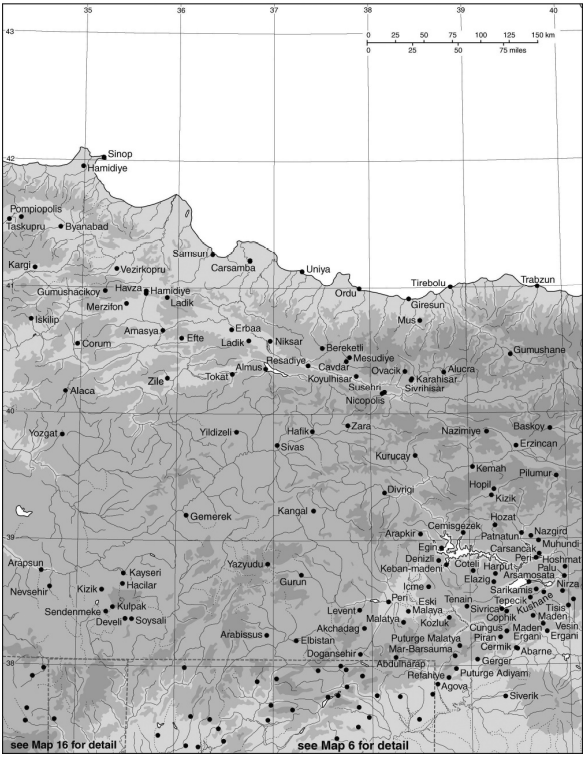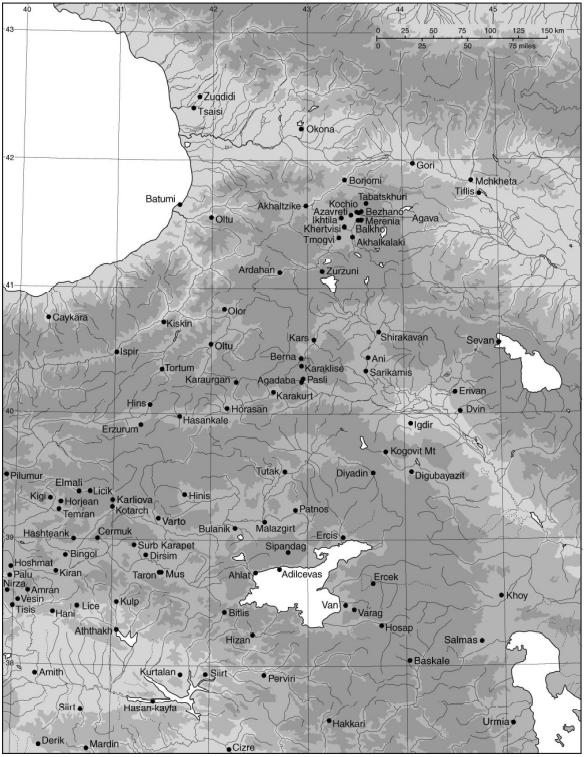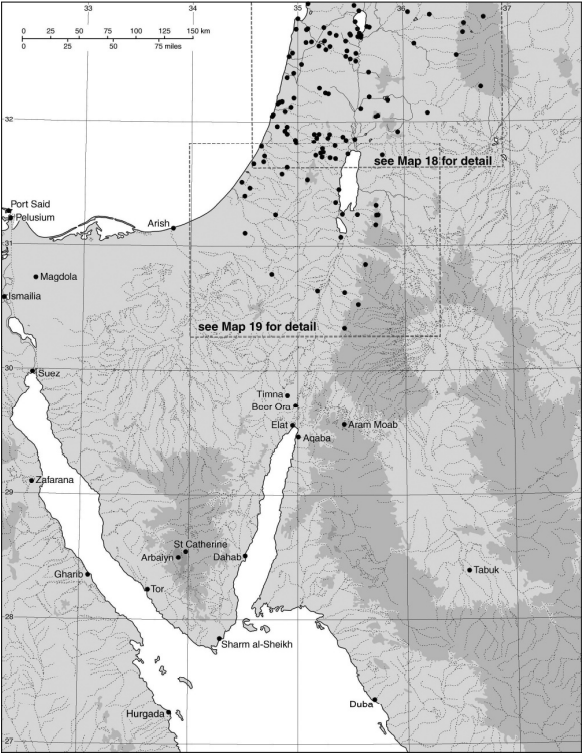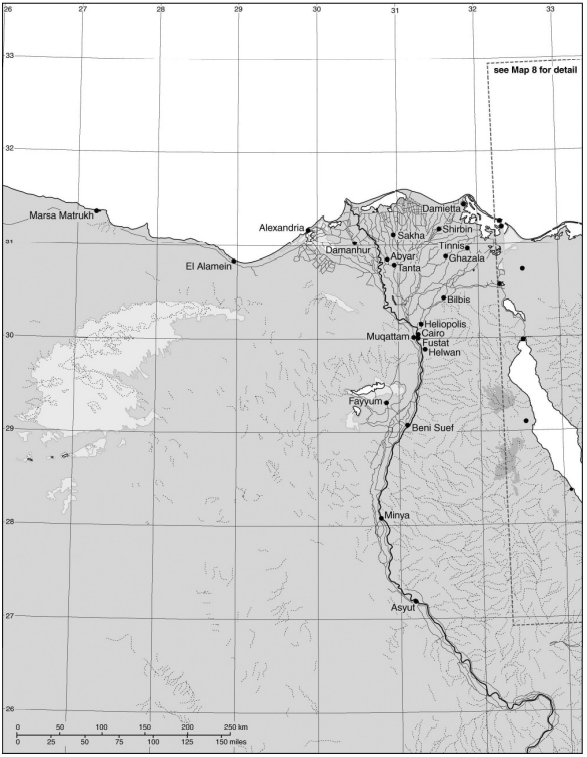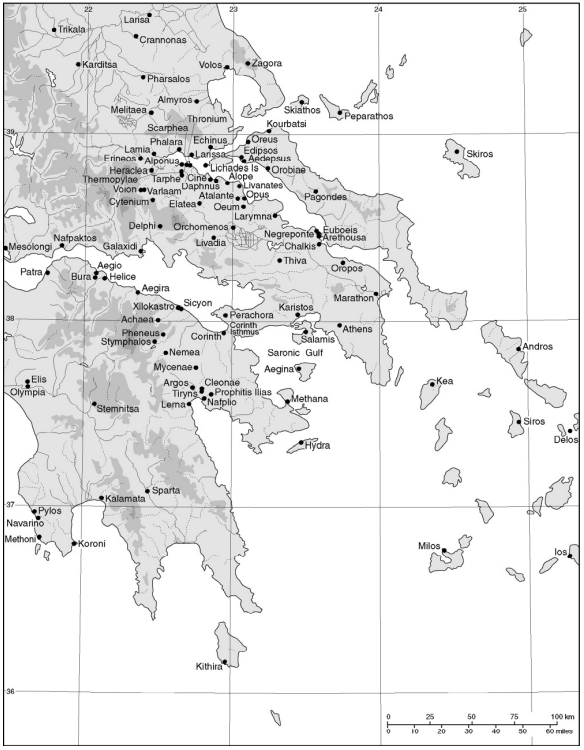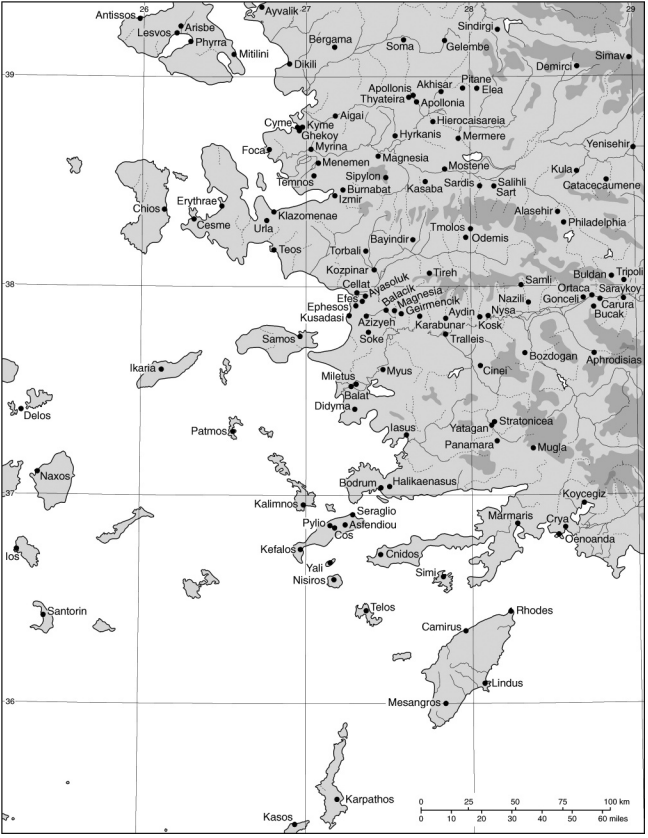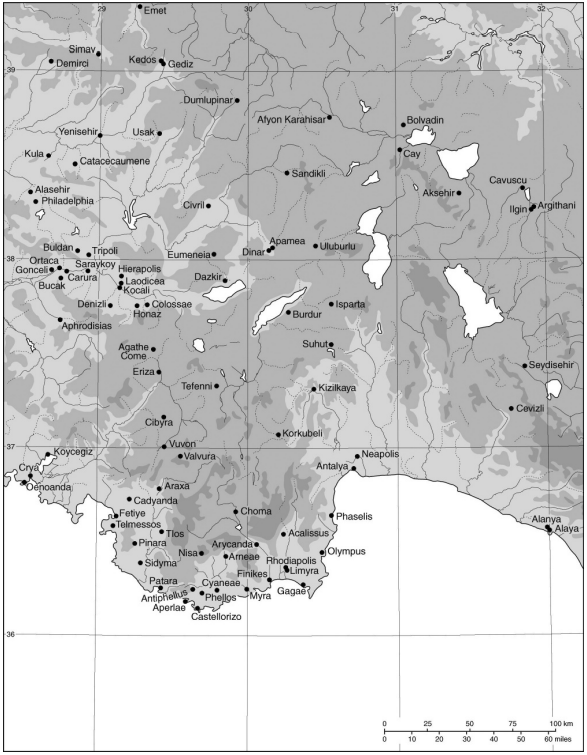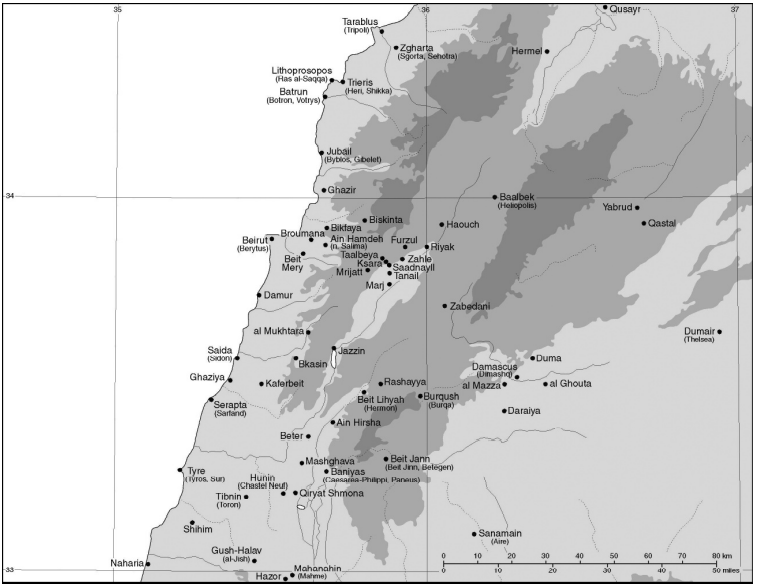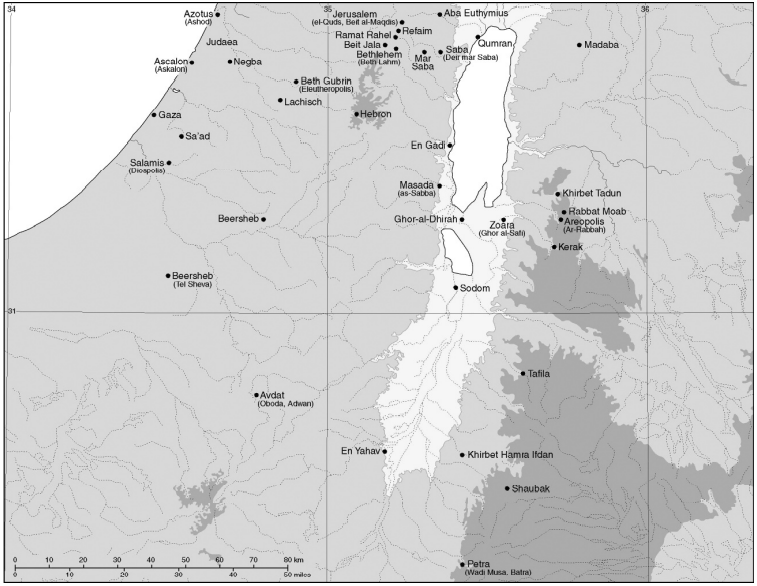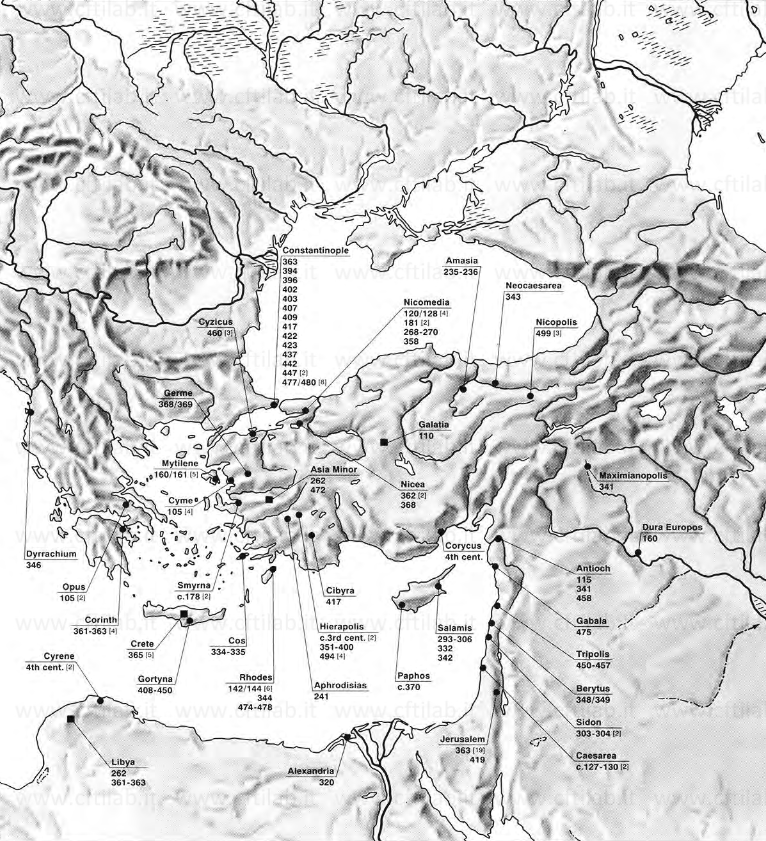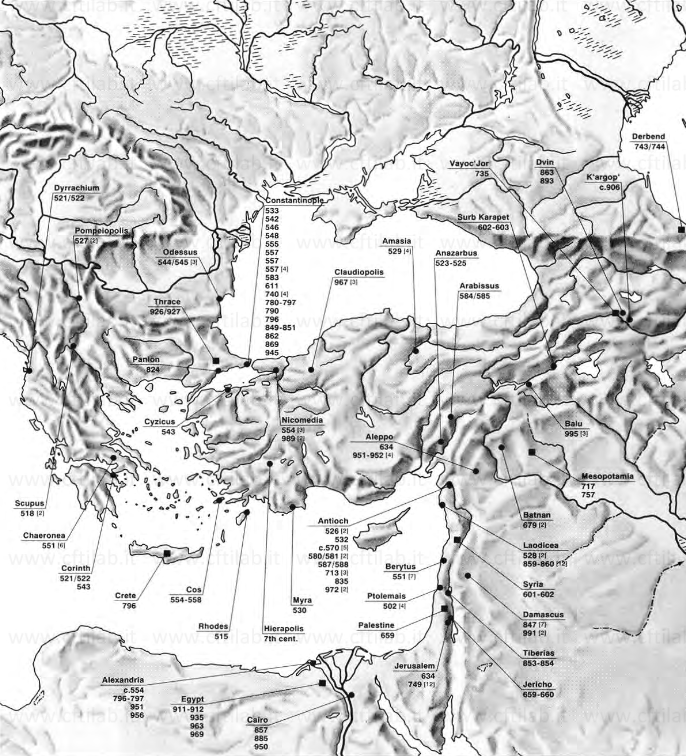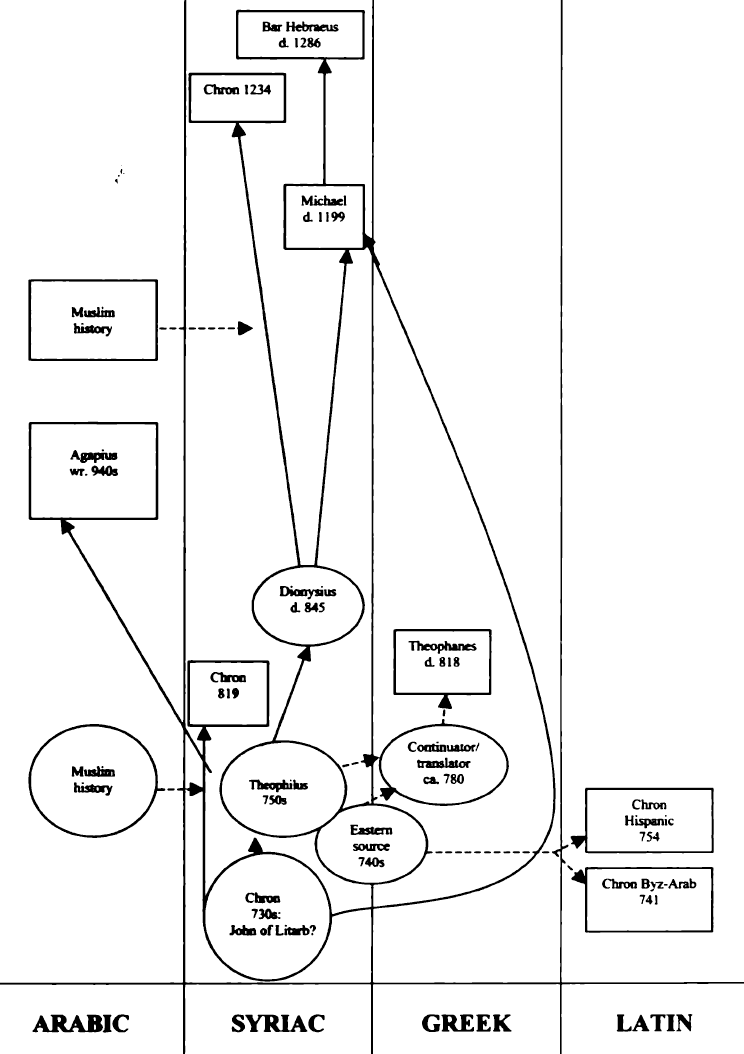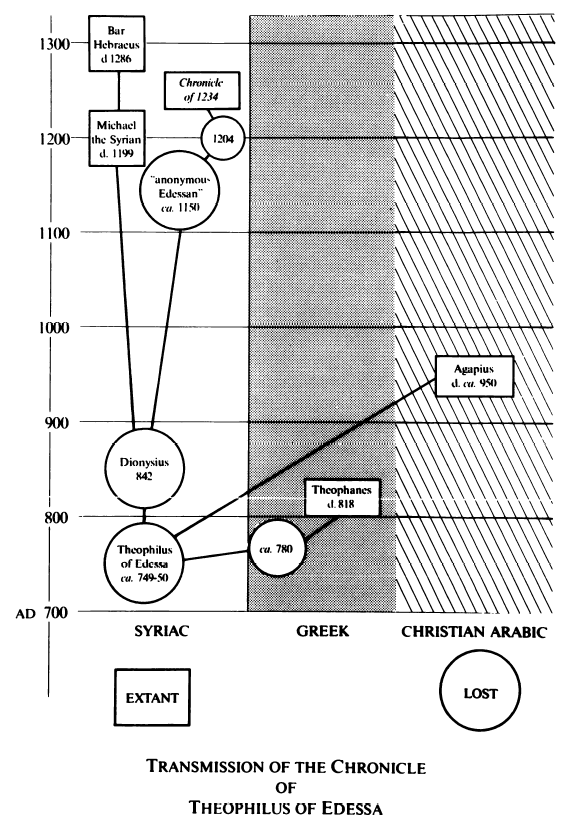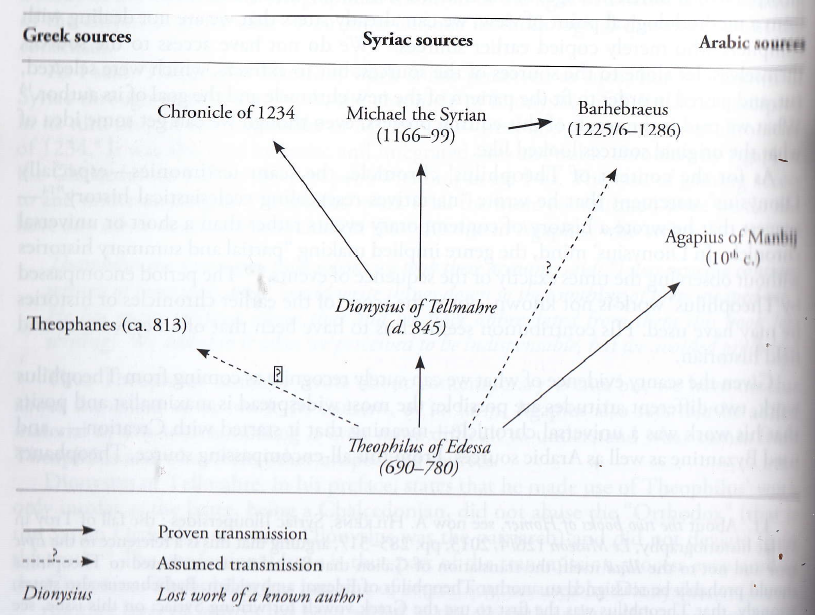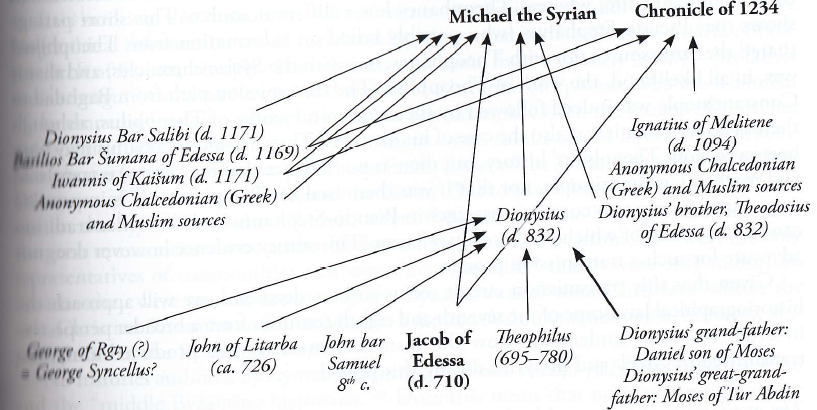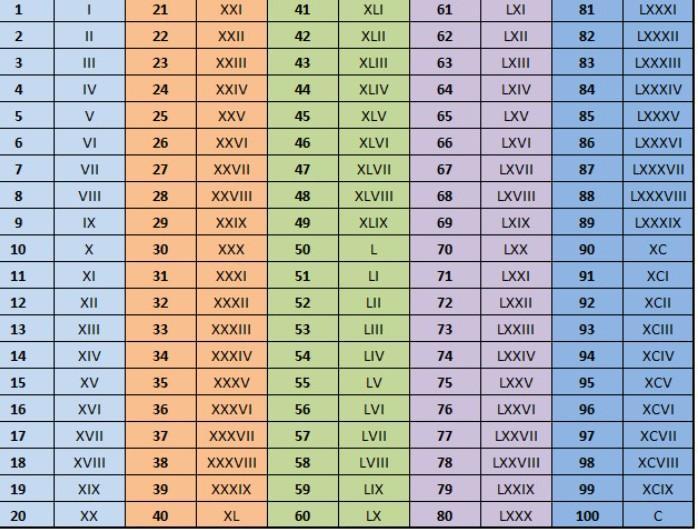Back in 2008, the PLGO group laboriously compiled a list of the volumes of out-of-copyright volumes of the GCS, with links to online copies. This useful resource has recently disappeared. A copy exists in ScribD, but this is not nearly as accessible. A set of copies can be found in ScribD here. I have transcribed the list here. (And I gather the PLGO list has reappeared here). I have also added further volumes in the IA not in the original list.
A new addition here is some links to a Polish library, the Kaiser Wilhelm Library in Posen (full list here). The volumes are available to download, but in a strange format – DjVu – for which you will need a reader. See the bottom of this page for more instructions.
UPDATE (2019) – an official GCS page with a list and links is here. They’re adding more volumes too, although in a hard-to-use online viewer.
Key: Site=IA=Internet Archive; GB=Google books; PL=wbc.poznan.pl (located by searches in europeana.eu).
| Site | Link | Descriptio |
| GB | http://books.google.com/books?id=UdIYAAAAYAAJ | 1. Hippolytus Werke I. Commentarius in Danielem (1. Aufl. 1897: Georg Nathanel Bonwetsch/Hans Achelis; 2. Aufl. 2002: s. GCS NF 7) |
| IA[GB] | http://www.archive.org/details/origeneswerke00klosgoog | 2. Origenes Werke I. Contra Celsum I-IV (1. Aufl. 1899: Paul Koetschau) |
| IA[GB] | http://www.archive.org/details/origeneswerke01origgoog | 3. Origenes Werke II. Contra Celsum V-VIII, De oratione (1. Aufl. 1899: Paul Koetschau) |
| GB | http://books.google.com/books?id=EgAYAAAAYAAJ | 4. Anonymus (Adamantius). De recta in Deum fide (1. Aufl. 1901: W.H. van de Sande Bakhuyzen) |
| IA | http://www.archive.org/details/dasbuchhenochhrs00flemuoft | 5. Das Buch Henoch (1. Aufl. 1901: Johannes Flemming / Ludwig Radermacher) |
| GB | http://books.google.com/books?id=1e-KJPWWEb0C | 6 Origenes Werke III. Homiliae in Ieremiam, Fragmenta in Lamentationes (1. Aufl. 1901:Erich Klostermann; 2. Aufl. 1983: Pierre Nautin) |
| IA | http://www.archive.org/details/werkehrsgimauftr01euseuoft | 7 Eusebius Werke I. Vita Constantini, De laudibus Constantini, Constantini imperatoris oratioad sanctorum coetum (1. Aufl. 1902: Ivar A. Heikel; Auszug 1975 und 1991: s. GCS 7/1) |
| GCS viewer | https://digilib.bbaw.de/digitallibrary/digilib.html?fn=/silo10/GCS/GCS_7_1/ | 7/1 Eusebius Werke I/1. Vita Constantini (1. Aufl. 1975: Friedhelm Winkelmann; 2. Aufl.1991: Nachdruck) |
| IA | http://www.archive.org/details/dieoraculasibyll00geffuoft | 8 Oracula Sibyllina (1. Aufl. 1902: Johannes Geffcken; 2. Aufl. 1967: NachdruckZentralantiquariat Leipzig) |
| GB / IA | http://books.google.com/books?id=IdooAAAAYAAJ http://archive.org/details/p1eusebiuswerke02euse |
9/1 Eusebius Werke II/1. Historia ecclesiastica (1. Aufl. 1903: Eduard Schwartz/TheodorMommsen; 2. Aufl. 1999: s. GCS NF 6/1) |
| IA | http://www.archive.org/details/werkehrsgimauftr02euseuoft | 9/2 Eusebius Werke II/2. Historia ecclesiastica (1. Aufl. 1908: Eduard Schwartz/TheodorMommsen; Nachdruck 1999: s. GCS NF 6/2) |
| IA | http://www.archive.org/details/pt3werkehrsgimau02euseuoft | 9/3 Eusebius Werke II/3. Historia ecclesiastica (1. Aufl. 1909: Eduard Schwartz/TheodorMommsen; 2. Aufl. 1999: s. GCS NF 6/3) |
| GB | http://books.google.com/books?id=6NkYAAAAYAAJ | 10 Origenes Werke IV. Commentarius in Iohannem (1. Aufl. 1903: Erwin Preuschen) |
| IA [GB] | http://www.archive.org/details/werke00eusegoog | 11/1 Eusebius Werke III/1. Onomasticon (1. Aufl. 1904: Erich Klostermann) |
| IA | http://www.archive.org/details/diegriechischen00religoog | 11/2 Eusebius Werke III/2. Theophania (1. Aufl. 1904: Hugo Gressmann; 2. Aufl. 1992: Adolf Laminski) |
| IA | http://www.archive.org/details/clemensalexandri01clemuoft | 12 Clemens Alexandrinus I. Protrepticus und Paedagogus (1. Aufl. 1905: Otto Stählin; 2.Aufl. 1936: Otto Stählin; 3. Aufl. 1972: Ursula Treu) |
| IA | http://www.archive.org/details/koptischgnostisc00schmuoft | 13 Koptisch-Gnostische Schriften I. Pistis Sophia; Die beiden Bücher des Jeû; Unbekanntesaltgnostisches Werk (1. Aufl. 1905: Carl Schmidt; 2. Aufl. s. GCS 45) 2 |
| GB IA |
http://books.google.com/books?id=ff07AAAAIAAJ http://archive.org/details/eusebiuswerke04euse |
14 Eusebius Werke IV. Contra Marcellum, De ecclesiastica theologia (1. Aufl. 1906: Erich Klostermann; 2. Aufl. 1972: Günther Christian Hansen; 3. Aufl. 1991: Günther Christian Hansen) |
| GB | http://books.google.com/books?id=n1wPAAAAYAAJ https://archive.org/details/clemensalexandr00berlgoog |
15 Clemens Alexandrinus II. Stromata I-VI (1. Aufl. 1906: Otto Stählin; 2. Aufl. 1936: Otto Stählin; 3. und 4. Aufl.: s. GCS 52) |
| IA [GB] | http://www.archive.org/details/hegemoniusactaa00beesgoog | 16 Hegemonius, Acta Archelai (1. Aufl. 1906: Charles Henry Beeson) |
| IA | http://www.archive.org/details/clemensalexandri17clemuoft | 17 Clemens Alexandrinus III. Stromata Buch VII und VIII (1. Aufl. 1909: Otto Stählin; 2. Aufl.1970: Ludwig Früchtel) |
| PL | http://www.wbc.poznan.pl/dlibra/docmetadata?id=131265 | 18 Die Esra-Apokalypse I (IV. Esra) (1. Aufl. 1910: Bruno Violet; 2. Aufl. 1992: A. Frederik J.Klijn) |
| IA | http://www.archive.org/details/kirchengeschicht00theouoft | 19 Theodoretus Cyri, Historia ecclesiastica (1. Aufl. 1911: Léon Parmentier; 2. Aufl. 1954: s.GCS 44; Felix Scheidweiler; 3. Aufl. 1998: s. GCS NF 5) |
| IA | http://www.archive.org/details/eusebiuswerke05euse | 20 Eusebius Werke V. Die Chronik, aus dem Armenischen übersetzt (1. Aufl. 1911: Josef Karst) |
| IA | http://www.archive.org/details/kirchengeschicht21philuoft | 21 Philostorgius, Historia ecclesiastica (1. Aufl. 1913: J. Bidez; 2. Aufl. 1970: FriedhelmWinkelmann; 3. Aufl. 1981: Friedhelm Winkelmann) |
| IA | http://www.archive.org/details/origeneswerke05orig | 22 Origenes Werke V. De principiis (1. Aufl. 1913: Paul Koetschau) |
| IA | http://www.archive.org/details/eusebiuswerke06euse | 23 Eusebius Werke VI. Demonstratio euangelica (1. Aufl. 1913: Ivar A. Heikel) |
| IA | http://www.archive.org/details/p1eusebiuswer07euse | 24 Eusebius Werke VII/1. Hieronymi chronicon (1. Aufl. 1913: Rudolf Helm; 2. und 3. Aufl.: s.GCS 47) |
| IA | http://www.archive.org/details/epiphanius01epip | 25 Epiphanius I. Ancoratus und Panarion haer. 1-33 (1. Aufl. 1915: Karl Holl; 2. Aufl. s. GCSNF 10) |
| IA | http://www.archive.org/details/hippolytuswerke03hipp | 26 Hippolytus Werke III. Refutatio omnium haeresium (1. Aufl. 1916: Paul Wendland) |
| IA | http://www.archive.org/details/methodiusherausg00meth | 27 Methodius, Olympius, Werke (1. Aufl. 1917: Georg Nathanael Bonwetsch) |
| IA | http://www.archive.org/details/gelasiuskircheng28gelauoft | 28 Gelasius Cyzicenus, Historia ecclesiastica (1. Aufl. 1918: Gerhard Loeschke/MargretHeinemann; 2. Aufl. 2002: s. GCS NF 9) |
| IA | http://www.archive.org/details/origeneswerke06orig | 29 Origenes Werke VI. Homilien zum Hexateuch (1. Aufl. 1920: W. A. Baehrens) |
| IA | http://www.archive.org/details/origeneswerke07orig | 30 Origenes Werke VII. Homilien zum Hexateuch (1. Aufl. 1921: W. A. Baehrens) |
| IA | http://www.archive.org/details/epiphanius02epip | 31 Epiphanius II. Panarion haer. 34-64 (1. Aufl. 1922: Karl Holl; 2. Aufl. 1980: Jürgen Dummer) |
| PL | http://www.wbc.poznan.pl/dlibra/docmetadata?id=136133 (Tr) | 32 Die Apokalypsen des Esra und des Baruch (1. Aufl. 1924: Bruno Violet) |
| IA / PL | https://archive.org/ http://www.wbc.poznan.pl/dlibra/doccontent?id=143808 |
33 Origenes Werke VIII. Homiliae in Regn., Ez. et al. (1. Aufl. 1925: W. A. Baehrens) |
| IA | http://www.archive.org/details/p2werkee07euse | 34 Eusebius Werke VII/2. Hieronymi chronicon (1. Aufl. 1926: Rudolf Helm; 2. und 3. Aufl.: s.GCS 47) |
| PL | http://www.wbc.poznan.pl/dlibra/docmetadata?id=137915 | 35 Origenes Werke IX. Homiliae in Lucam (1. Aufl. 1931: Max Rauer; 2. Aufl. s. GCS 49) |
| PL | http://www.wbc.poznan.pl/dlibra/docmetadata?id=137945 | 36 Hippolytus Werke IV. Chronicon (1. Aufl. 1929: Rudolf Helm; 2. Aufl. s. GCS 46) |
| PL | http://www.wbc.poznan.pl/dlibra/docmetadata?id=146011 | 37 Epiphanius III. Panarion haer. 65-80; De fide (1. Aufl. 1933: K. Holl, 2. Aufl. 1985: J.Dummer) |
| PL | http://www.wbc.poznan.pl/dlibra/docmetadata?id=137916 | 38 Origenes Werke XI. Commentarius in Matthaeum II (1. Aufl. 1933: Erich Klostermann / Ernst Benz; 2. Aufl. 1976: Ursula Treu) |
| IA | http://www.archive.org/details/clemensalexandri04clemuoft | 39/1 Clemens Alexandrinus IV. Register 1 (1. Aufl. 1936: Otto Stählin, 2. Aufl. 1980: Ursula Treu) |
| PL | http://www.wbc.poznan.pl/dlibra/docmetadata?id=144882 | 39/2 Clemens Alexandrinus IV. Register 2 (1. Aufl. 1936: Otto Stählin) |
| IA / PL | GCS 40 at the IA | 40 Origenes Werke X. Commentarius in Matthaeum I (1. Aufl. 1935: Erich Klostermann/Ernst Benz) |
| PL | http://www.wbc.poznan.pl/dlibra/docmetadata?id=137917 | 41/1 Origenes Werke XII. Commentarius in Matthaeum III,1 (1. Aufl. 1941: Erich Klostermann/Ernst Benz) |
| GCS Viewer | https://digilib.bbaw.de/digitallibrary/digilib.html?fn=/silo10/GCS/GCS_41_1/ | 41/2 Origenes Werke XII. Commentarius in Matthaeum III,2 (1. Aufl. 1955: ErichKlostermann / Ludwig Früchtel; 2. Aufl. 1968: Ursula Treu) |
| GCS Viewer | https://digilib.bbaw.de/digitallibrary/digilib.html?fn=/silo10/GCS/GCS_41_2/ | 42 Die Pseudoklementinen I. Homilien (1. Aufl. 1953: Bernhard Rehm; 2. Aufl. 1969: FranzPaschke; 3. Aufl. 1992: Georg Strecker) |
| IA | http://www.archive.org/details/werkehrsgimauftr43euseuoft | 43/1 Eusebius Werke VIII/1. Praeparatio euangelica (1. Aufl. 1954: Karl Mras; 2. Aufl. 1982:Édouard des Places) |
| IA | https://archive.org/details/werkehrsgimauf08euse | 43/2 Eusebius Werke VIII/2. Praeparatio euangelica (1. Aufl. 1956: Karl Mras; 2. Aufl. 1983:Édouard des Places) |
| Deest | 44 Theodoretus Cyri, Historia ecclesiastica 1. Aufl. 1911: s. GCS 19; 2. Aufl. 1954: FelixScheidweiler; 3. Aufl. 1998: s. GCS NF 5 | |
| IA | https://archive.org/details/koptischgnostis00schm | 45 Koptisch-Gnostische Schriften I. Pistis Sophia; Die beiden Bücher des Jeû; Unbekanntesaltgnostisches Werk (1. Aufl. 1905: s. GCS 13; 2. Aufl. 1954: Walter Till; 4. Aufl. 1981:Nachdruck) |
| GCS Viewer | https://digilib.bbaw.de/digitallibrary/digilib.html?fn=/silo10/GCS/GCS_46 | 46 Hippolytus Werke IV. Chronicon (1. Aufl. s. GCS 36; 2. Aufl. 1955: Rudolf Helm) |
| IA | https://archive.org/details/p1eusebiuswer07euse | 47 Eusebius Werke VII. Die Chronik des Hieronymus (1 Aufl. s. GCS 23 und 34; 2. Aufl.1956: Rudolf Helm; 3. Aufl. 1984: Nachdruck Ursula Treu) |
| PL | http://www.wbc.poznan.pl/dlibra/docmetadata?id=138153 | 48 Die Apostolischen Väter I. Der Hirt des Hermas (1. Aufl. 1956: Molly Whittaker; 2. Aufl.1967: Molly Whittaker) |
| IA | https://archive.org/details/origeneswerkehrs09origuoft | 49 Origenes Werke IX. Homiliae in Lucam (1. Aufl. 1931: s. GCS 35; 2. Aufl. 1959: Max Rauer) |
| Deest | 50 Sozomenus, Historia ecclesiastica (1. Aufl. 1960: Joseph Bidez und Günther Christian Hansen; 2. Aufl. s. GCS NF 4) | |
| Deest | 51 Die Pseudoklementinen II. Rekognitionen (1. Aufl. 1965: Bernhard Rehm / FranzPaschke; 2. Aufl. 1994: Georg Strecker) | |
| Deest | 52 Clemens Alexandrinus II, Stromata I-VI (1. und 2. Aufl. s. GCS 15; 3. Aufl. 1960: Ludwig Früchtel; 4. Aufl. 1985: Ursula Treu) | |
| Deest | 53 Gregorius Nazianzenus, Epistulae (1. Aufl. 1969: Paul Gallay) | |
| Deest | Theodorus Anagnostes, Historia ecclesiastica (1. Aufl. 1971: Günther Christian Hansen; 2. Aufl. s. GCSNF 3) | |
| Deest | Pseudo-Macarius Alexandrinus/Symeon, Reden und Briefe I. Die Sammlung I desVaticanus Graecus 694B (1. Aufl. 1973: Heinz Berthold) | |
| Deest | Pseudo-Macarius Alexandrinus /Symeon, Reden und Briefe II. Die Sammlung I desVaticanus Graecus 694B (1. Aufl. 1973: Heinz Berthold) | |
| Deest | Eusebius Werke IX. Commentarius in Isaiam (1. Aufl. 1975: Joseph Ziegler)Deesto.Nr. Die Pseudoklementinen III/1 (1. Aufl. 1986: Georg Strecker) | |
| Deest | Die Pseudoklementinen III/2 (1. Aufl. 1989: Georg Strecker)Deesto.Nr. Pseudo-Caesarius, Quaestiones et responsiones (1. Aufl. 1989: Rudolf Riedinger) | |
| NEW SERIES | ||
| Deest | NF 1 Socrates Scholasticus, Historia ecclesiastica (1. Aufl. 1995: Günther Christian Hansen) | |
| Deest | NF 2 Basilius von Caesarea, Homilien in Hexaemeron (1. Aufl. 1997: Emmanuel Amand De Mendieta† und Stig Y. Rudberg) | |
| Deest | NF 3 Theodorus Anagnostes, Historia ecclesiastica (1. Aufl. 1971: s. GCS o.Nr.; 2. Aufl.1995: Günther Christian Hansen) | |
| Deest | NF 4 Sozomenus, Historia ecclesiastica (1. Aufl. 1960: s. GCS 50; 2. Aufl. 1995: GüntherChristian Hansen) | |
| Deest | NF 5 Theodoretus Cyri, Historia ecclesiastica (1. Aufl 1911 und 2. Aufl. 1954: s. GCS 19; 3.Aufl. 1998: Günther Christian Hansen) | |
| Deest | NF 6/1 Eusebius Werke II/1. Historia ecclesiastica (1. Aufl. 1903: s. GCS 9/1; 2. Aufl. 1999:Nachdruck) | |
| Deest | NF 6/2 Eusebius Werke II/2. Historia ecclesiastica (1. Aufl. 1908: s. GCS 9/2; 2. Aufl. 1999:Nachdruck) | |
| Deest | NF 6/3 Eusebius Werke II/3. Historia ecclesiastica (1. Aufl. 1909: s. GCS 9/3; 2. Aufl. 1999:Nachdruck) | |
| Deest | NF 7 Hippolytus Werke I. Commentarius in Danielem (1. Aufl. 1897: s. GCS 1; 2. Aufl. 2000:Marcel Richard) | |
| Deest | NF 8 Koptisch-gnostische Schriften II. Nag Hammadi Deutsch 1 (NHC I,1-V,1) (1. Aufl. 2001: H.-M. Schenke, H.- G.Bethge und U.U. Kaiser) | |
| Deest | NF 9 Anonyme Kirchengeschichte (Gelasius Cyzicenus, CPG 6034) (1. Aufl. 1918: s. GCS28; 2. Aufl. 2002: Günther Christian Hansen) | |
| IA | https://archive.org/details/epiphanius01epip | NF 10 Epiphanius I. Ancoratus und Panarion haer. 1-33 (1. Aufl. 1915: s. GCS 25; 2. Aufl:Nachdruck in Vorbereitung) |
| Deest | NF 11 Neutestamentliche Apokryphen I. Das Petrusevangelium und die Petrusapokalypse.(1. Aufl. 2004: Thomas J. Kraus /Tobias Nicklas) | |
| Deest | NF 12 Koptisch-gnostische Schriften III. Nag Hammadi Deutsch 2 (NHC V,2-XIII,1; BG 1 und4) (1. Aufl. 2003: H.-M.Schenke, H.- G.Bethge und U.U. Kaiser) | |
| Deest | NF 13 Epiphanius IV. Register (1. Aufl. 2006: Christian-Friedrich Collatz / Arnd Rattmann) | |
| Deest | NF 14 Neutestamentliche Apokryphen II. Transitus Mariae (1. Aufl. 2006: Hans Förster) |
Berlin-Brandenburgische Akademie der Wissenschaften: Die Griechischen Christlichen Schriftsteller (GCS)
Notes on downloading from the Wielkopolska Biblioteka Cyfrowa.
Go to the site given in the links above. Then you have two choices:
1. On each page, there is a “download” link on the left. Clicking this gives you a zip file; if you unzip it to a new directory, you get a mass of .djvu files. To read the book, double-click on the index.djvu. It does work, actually.
2. If you would rather have a single file, you need to open the content in your browser. This does not work in all browsers, tho, and requires Java to be active, plus the Djvu Reader mentioned earlier. I couldn’t get it to work in IE8 — the downloaded files just vanished — but Firefox 5.0 was fine.
On the page, instead of “download”, you click on the “Resource identifier” instead. This is towards the bottom of the page in the middle. The GCS document opens, and there is a menu at the top. On the top left is the “Save to disk” icon of a diskette. This can be used to save the whole document as a single .djvu file.


